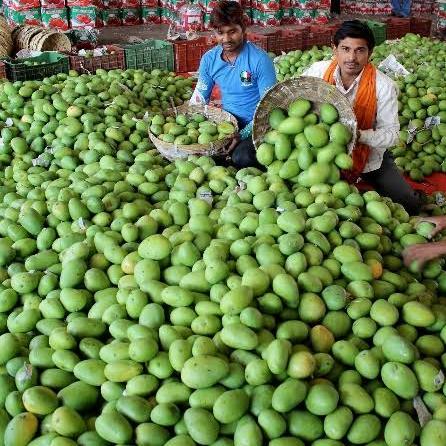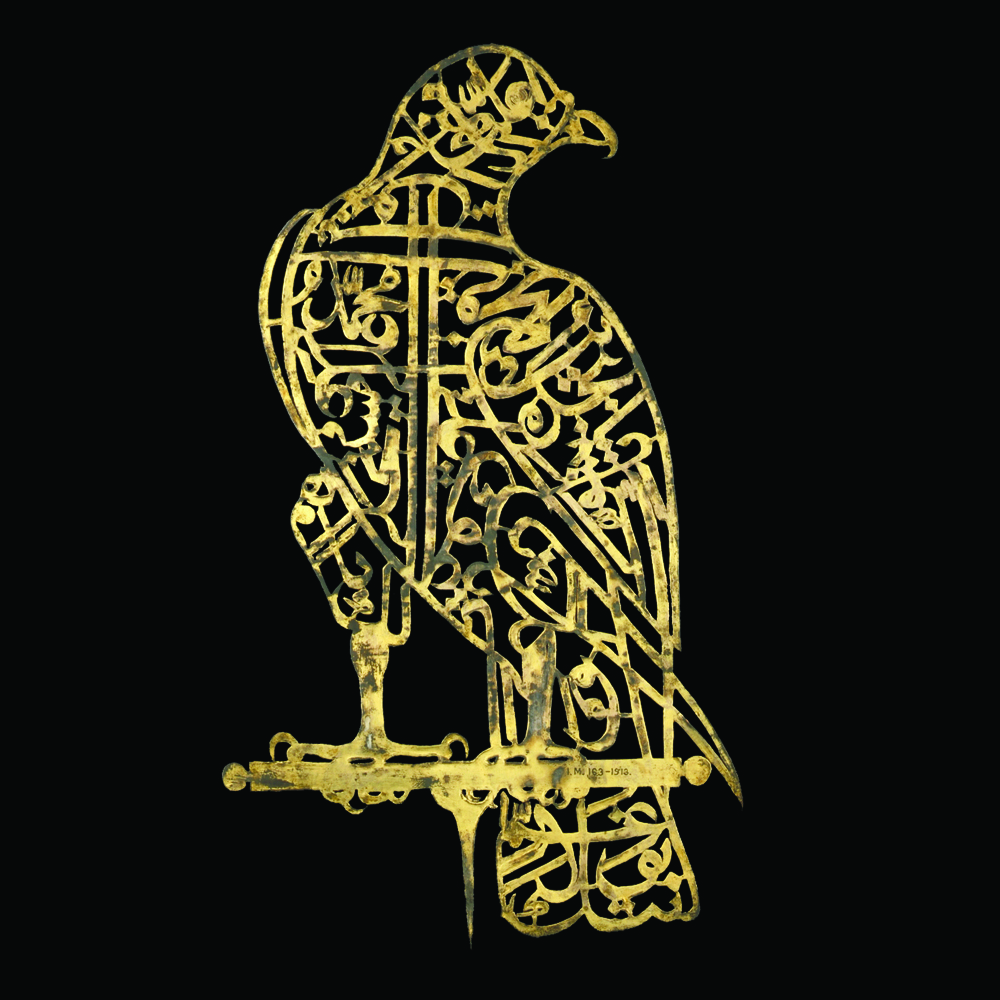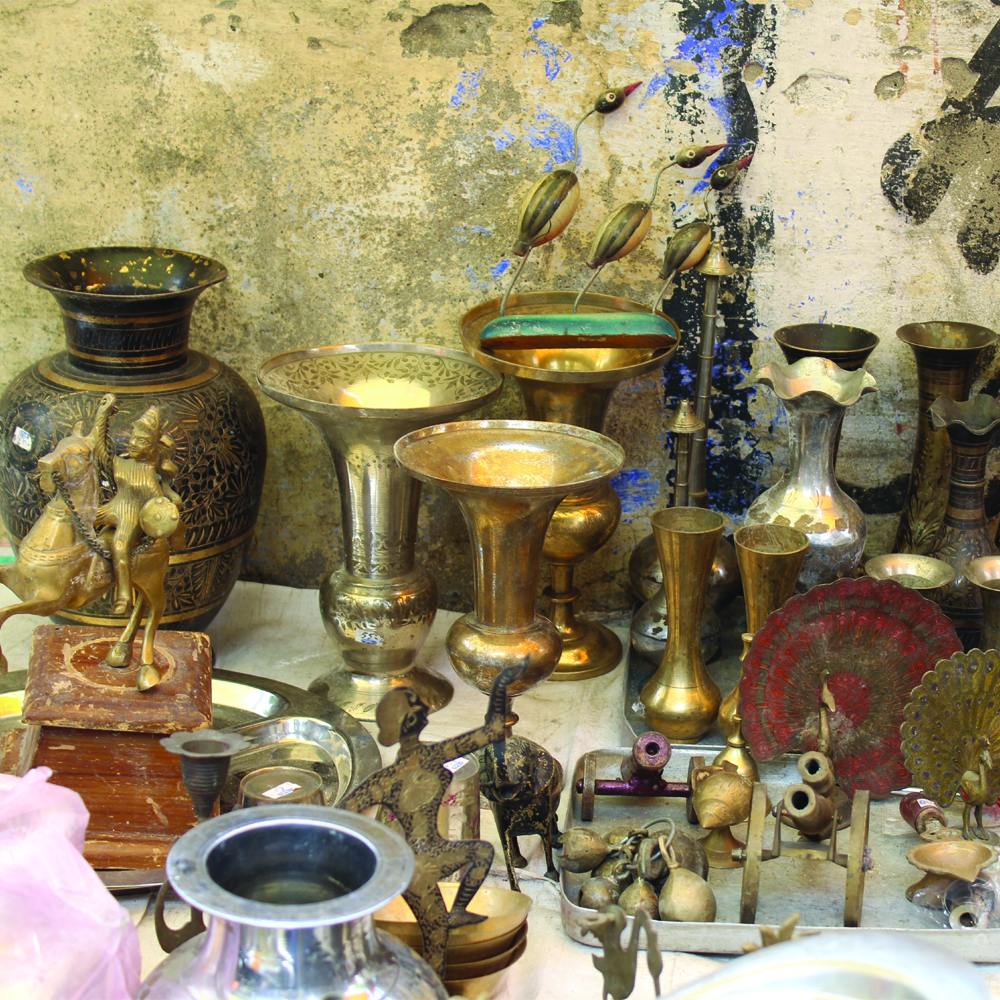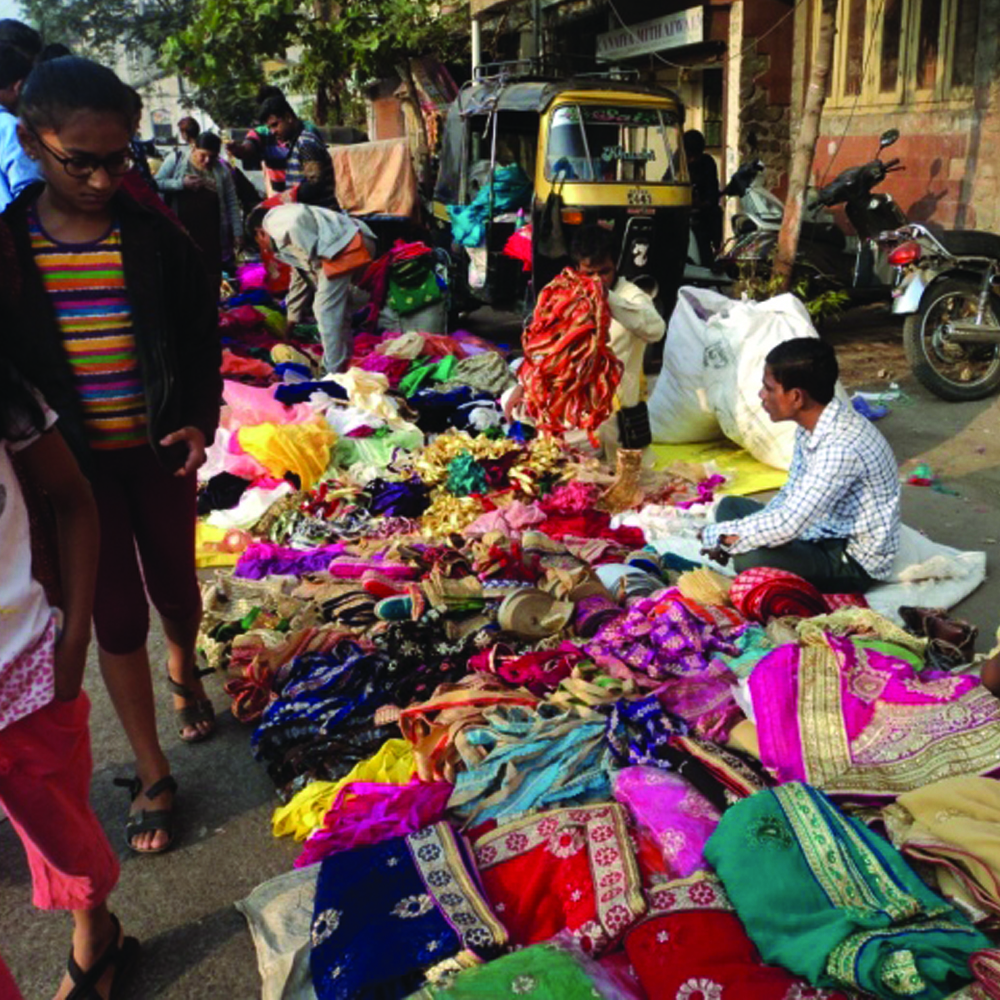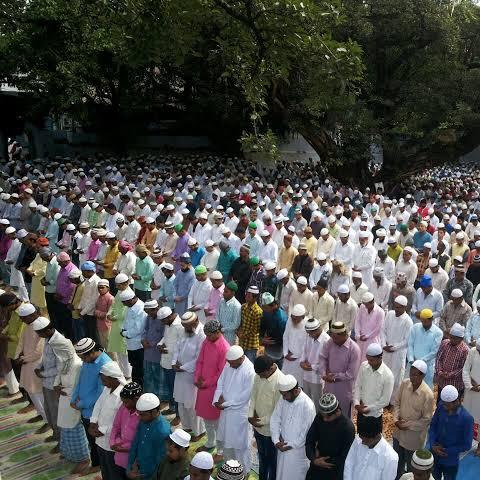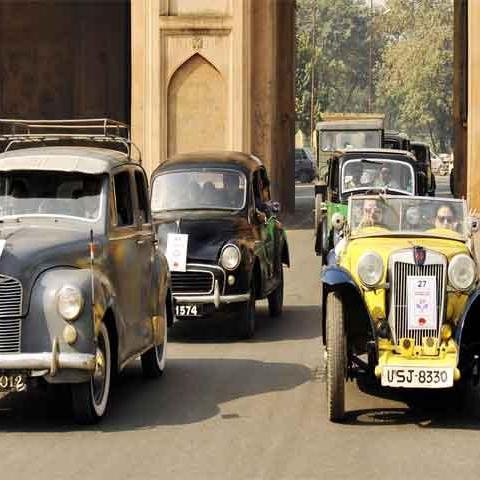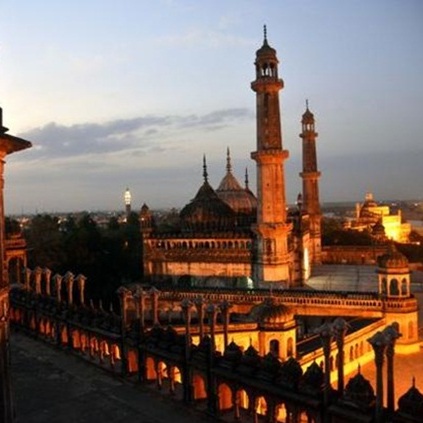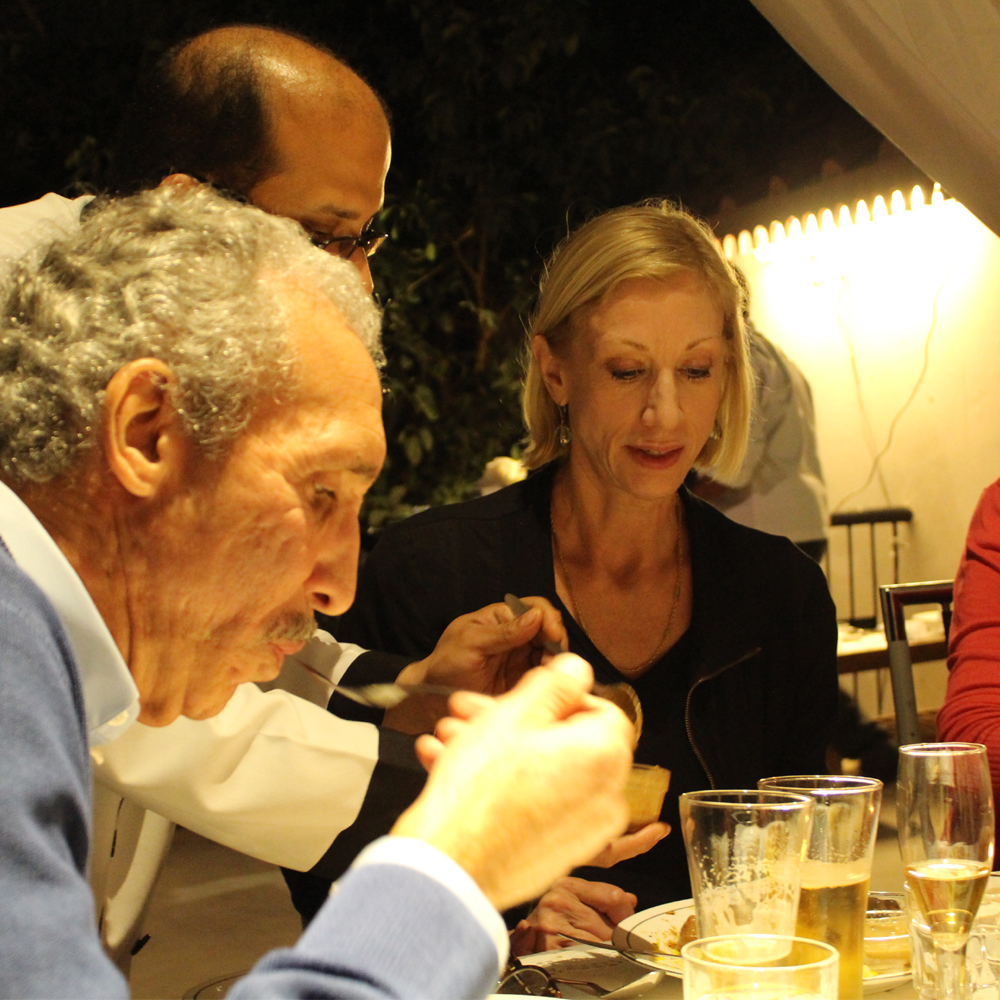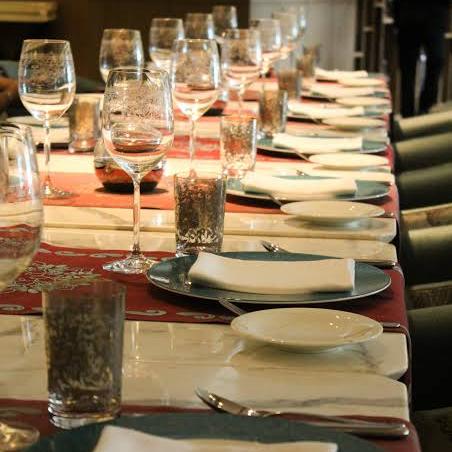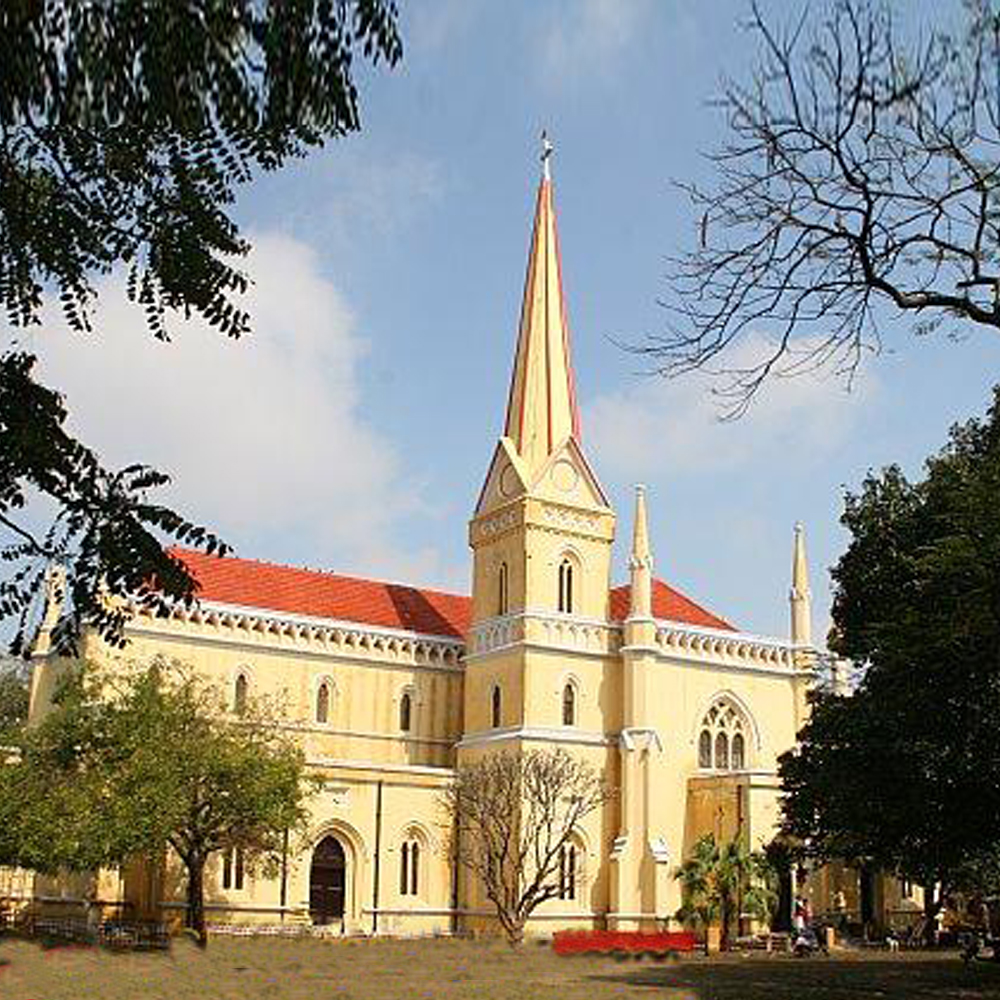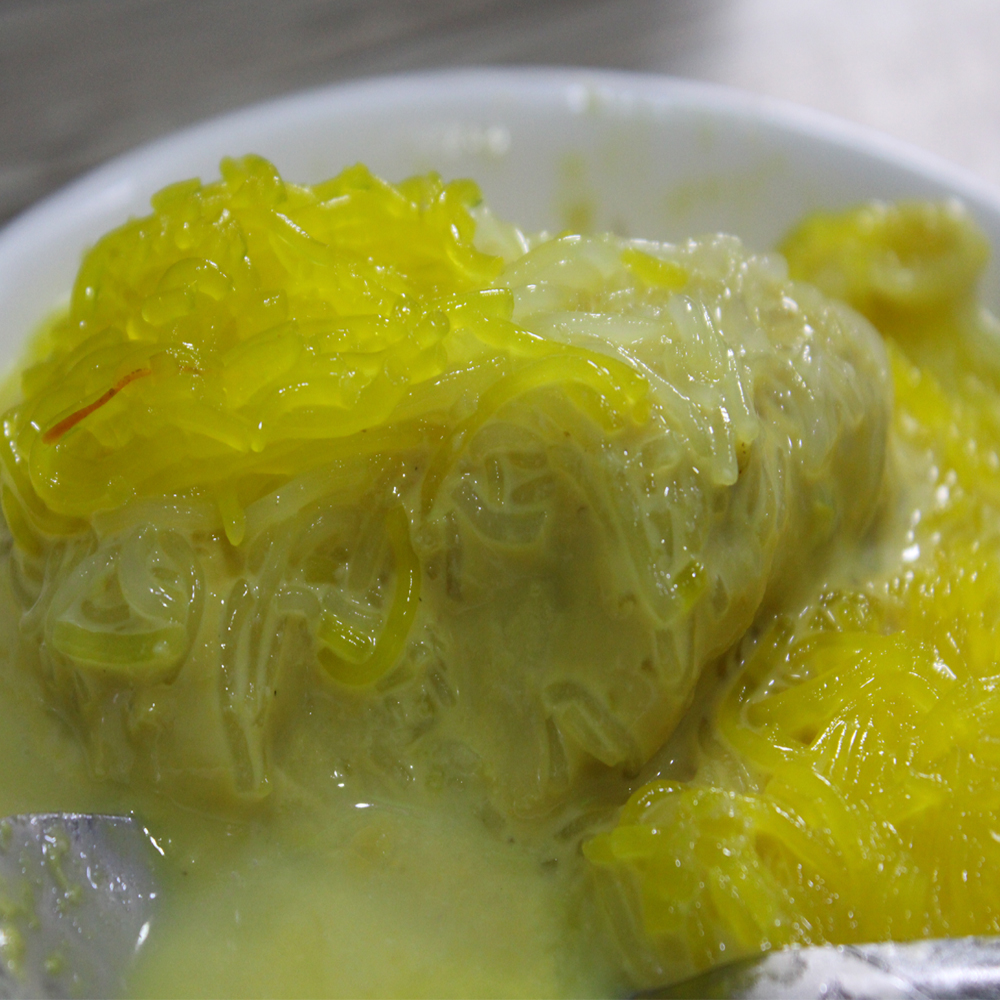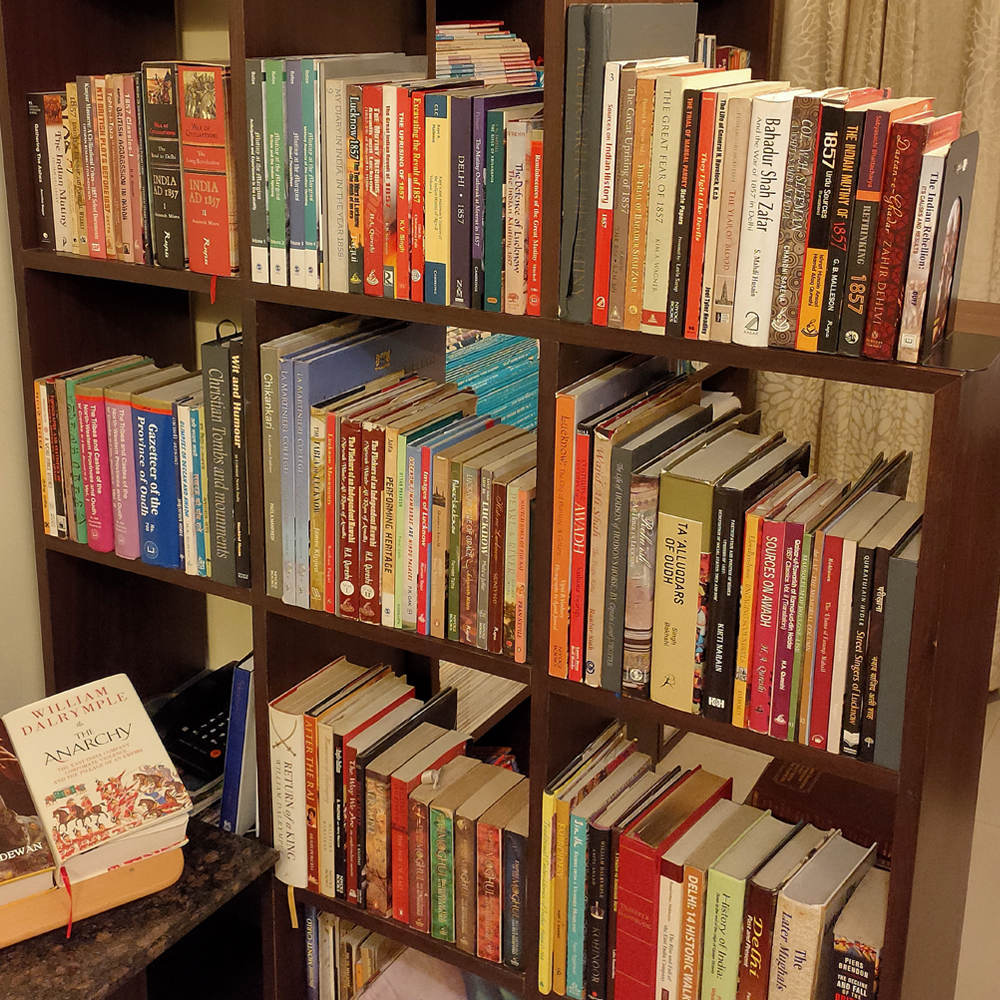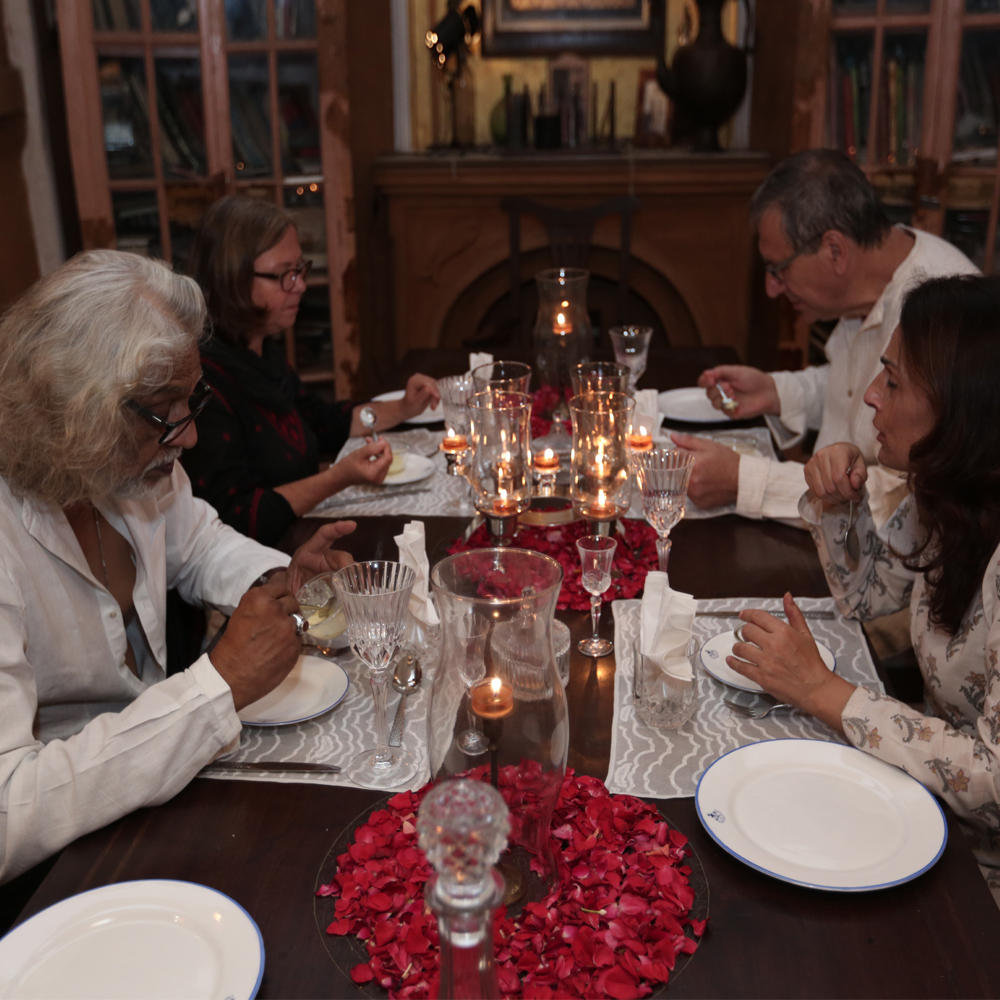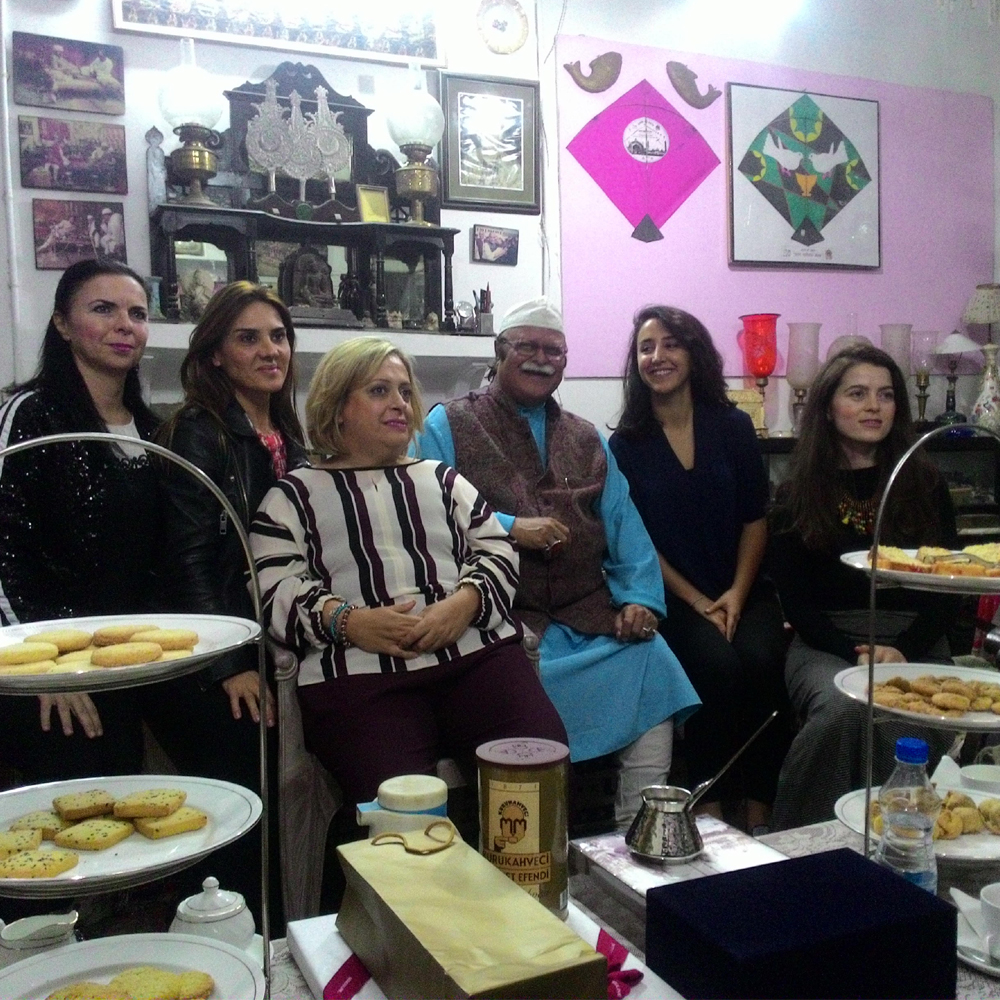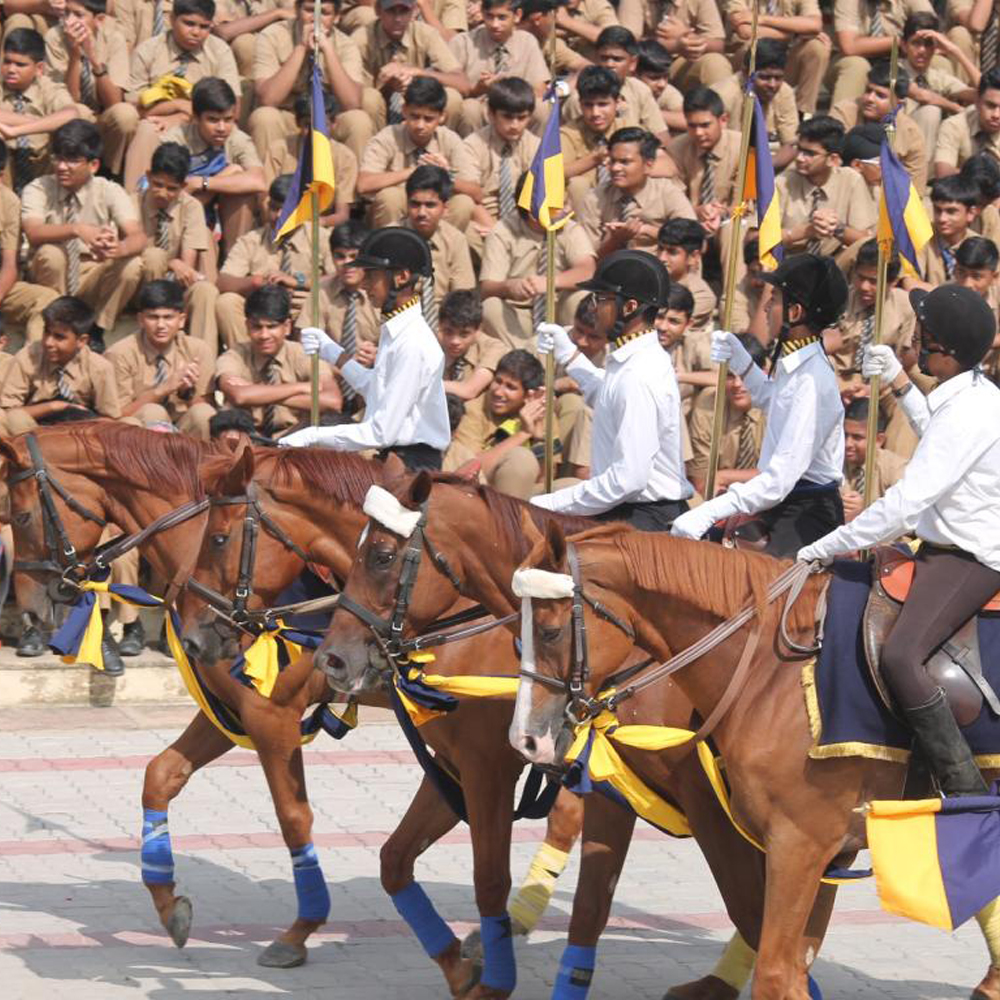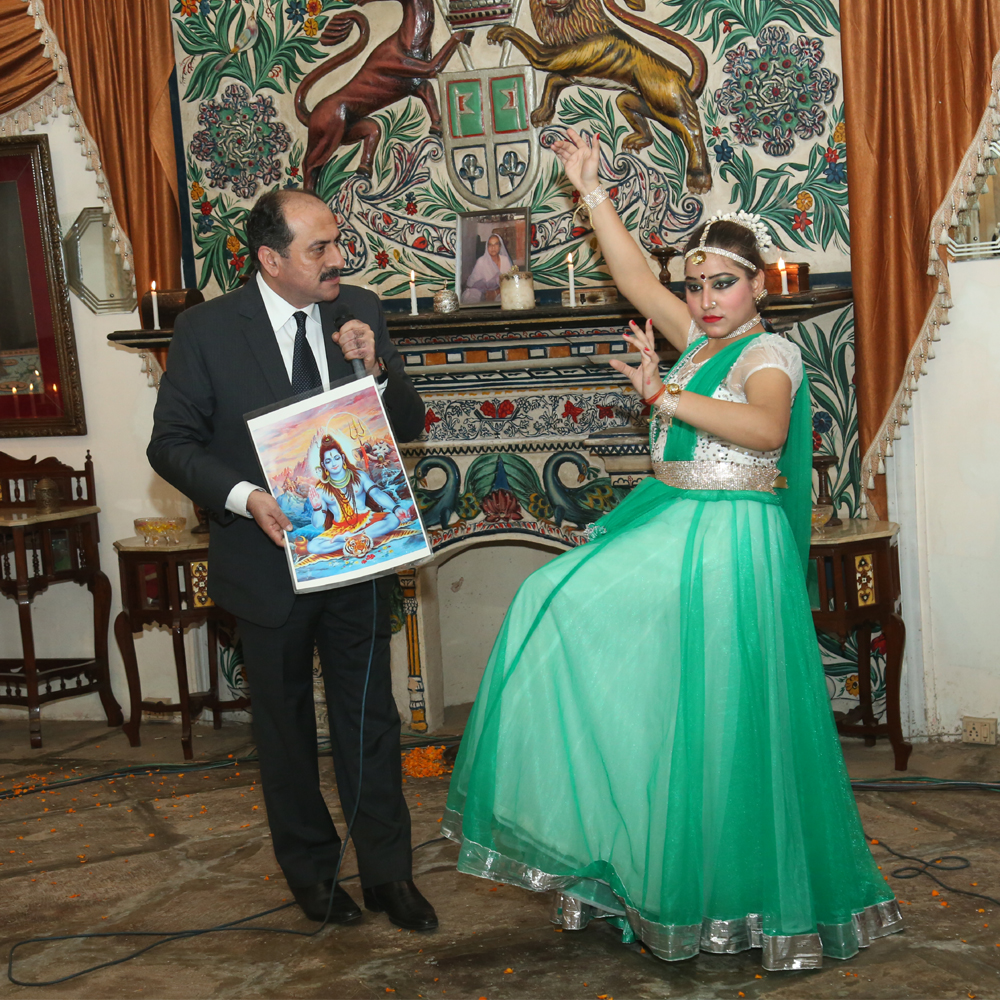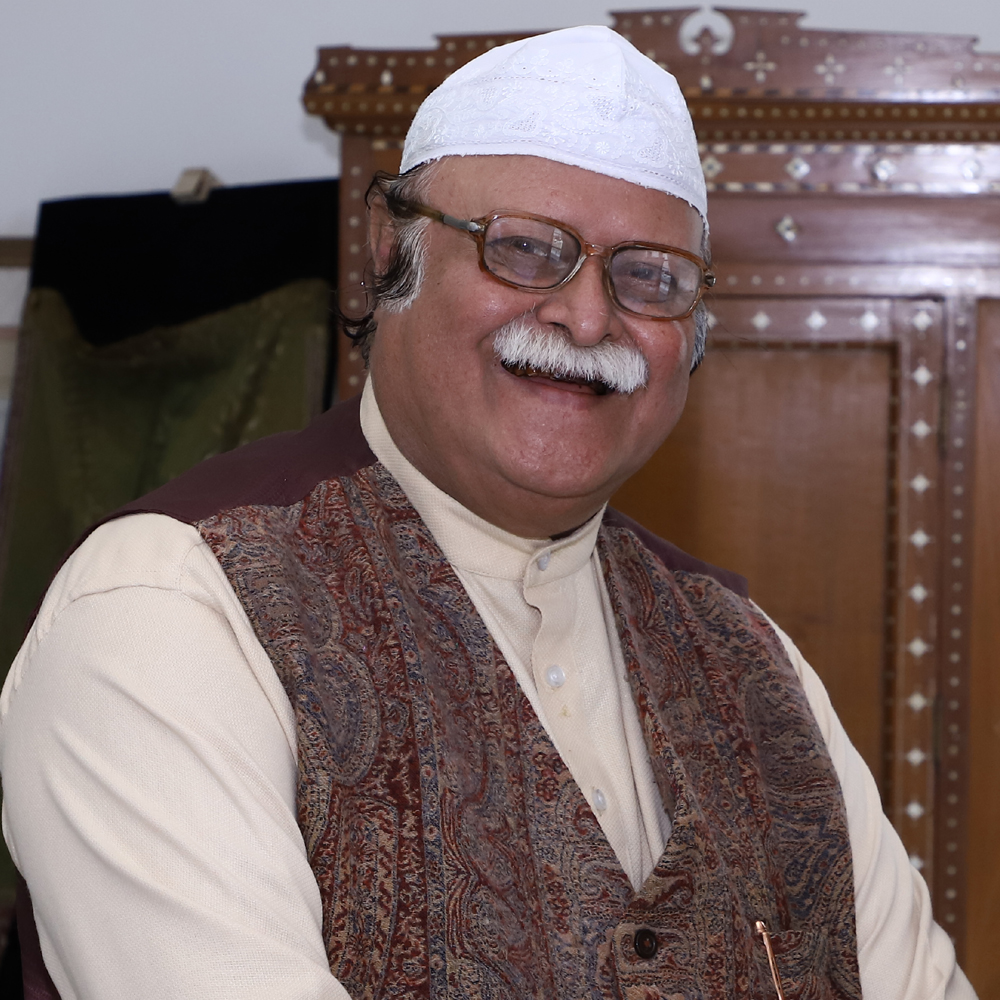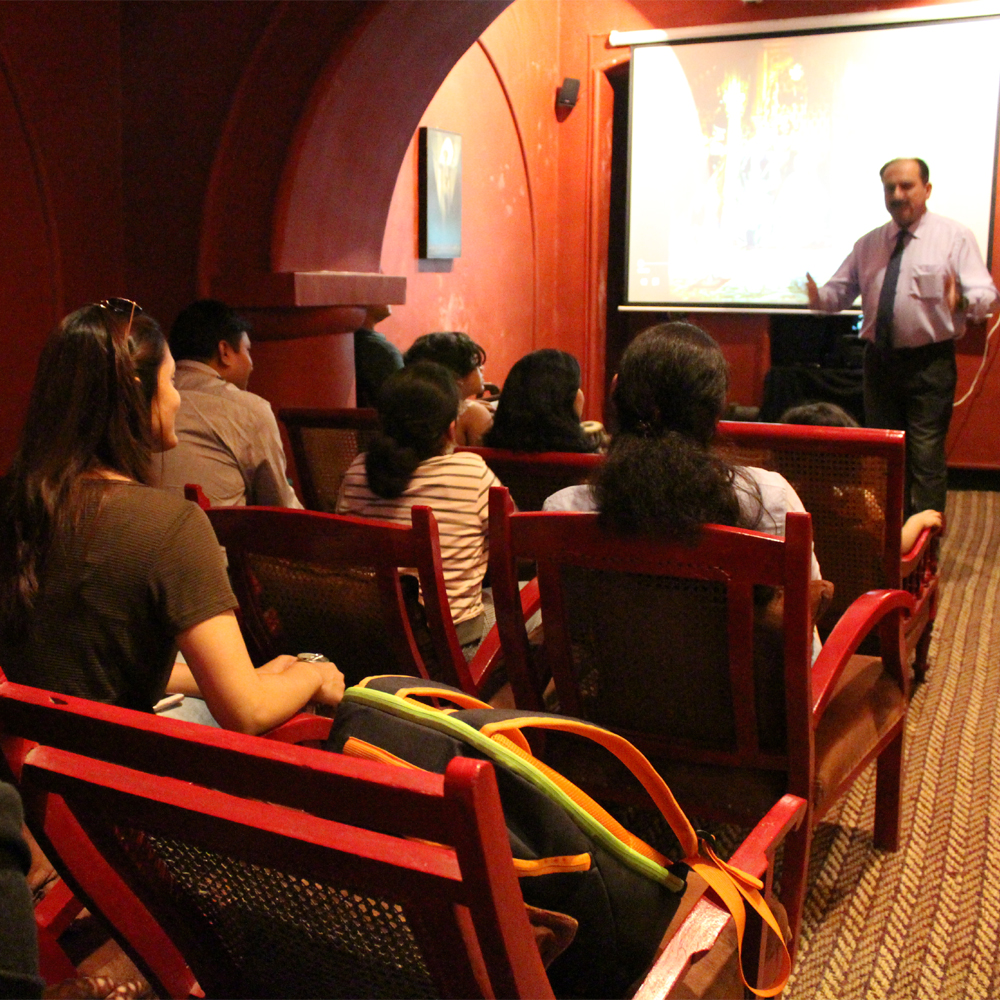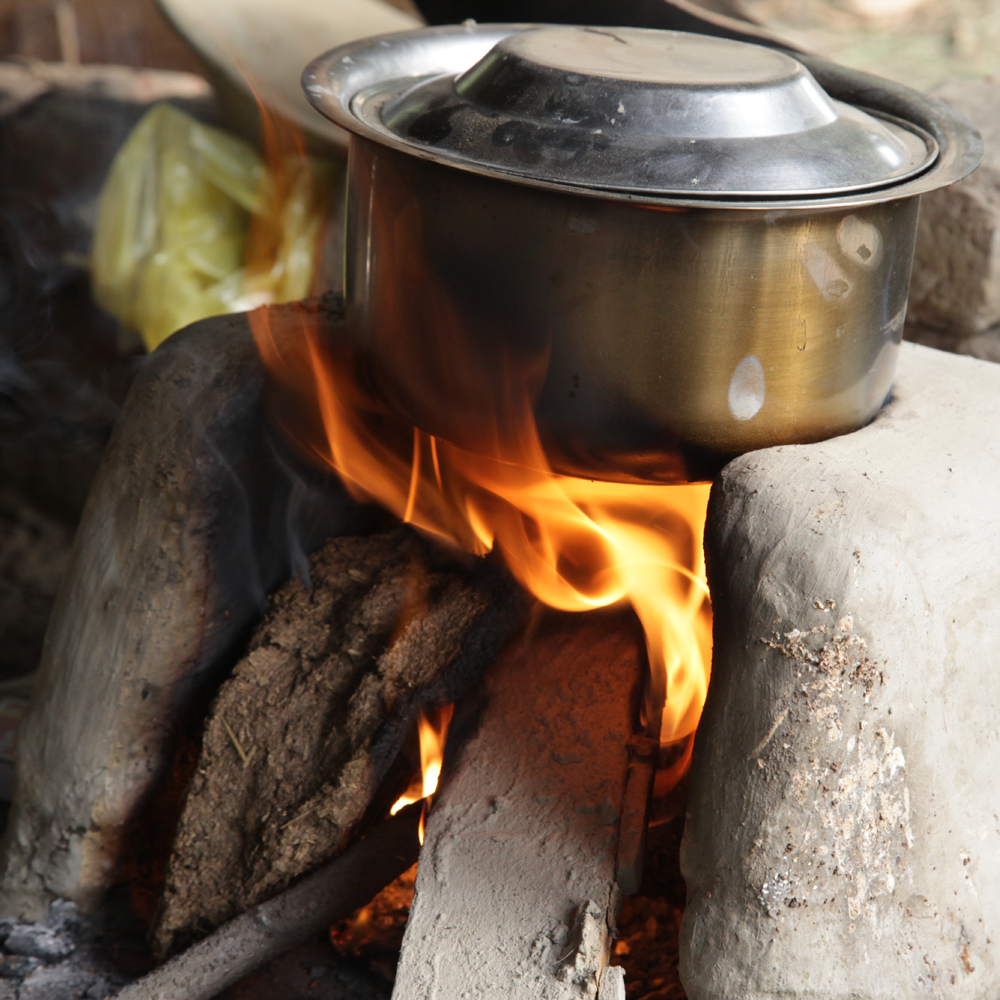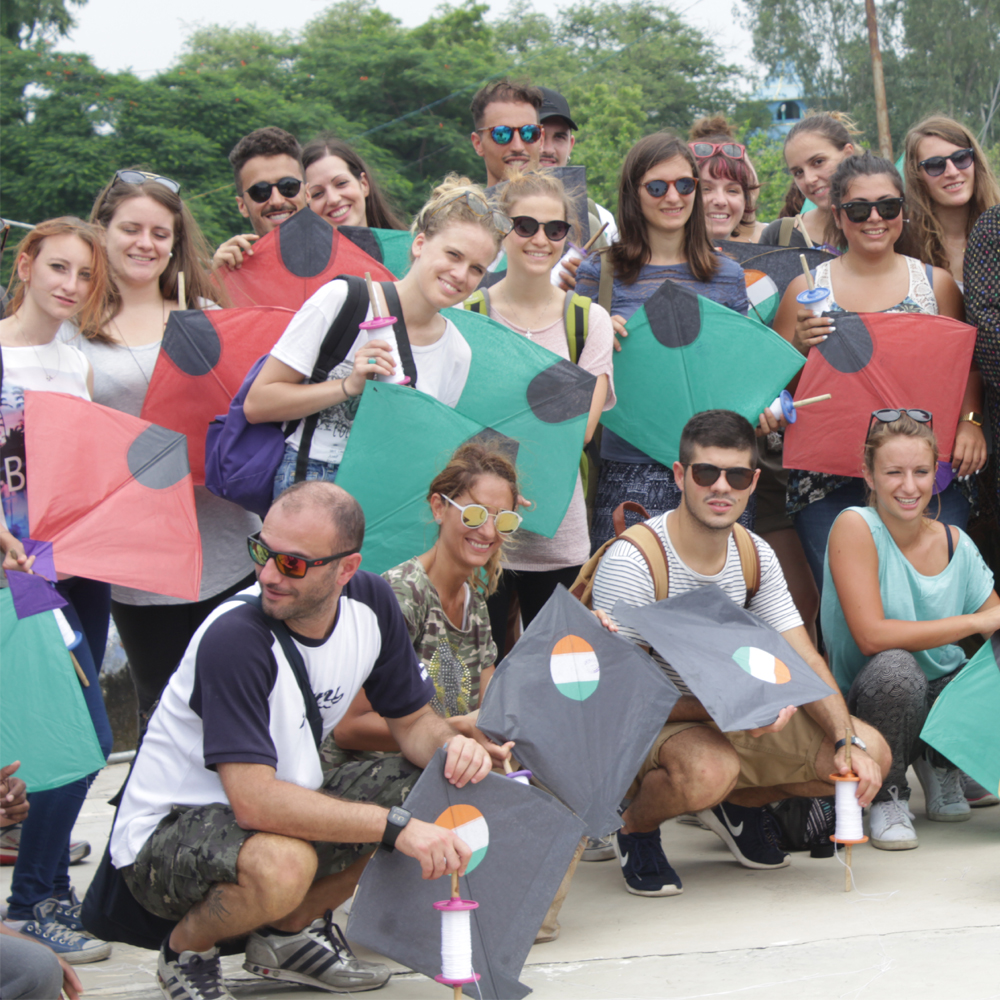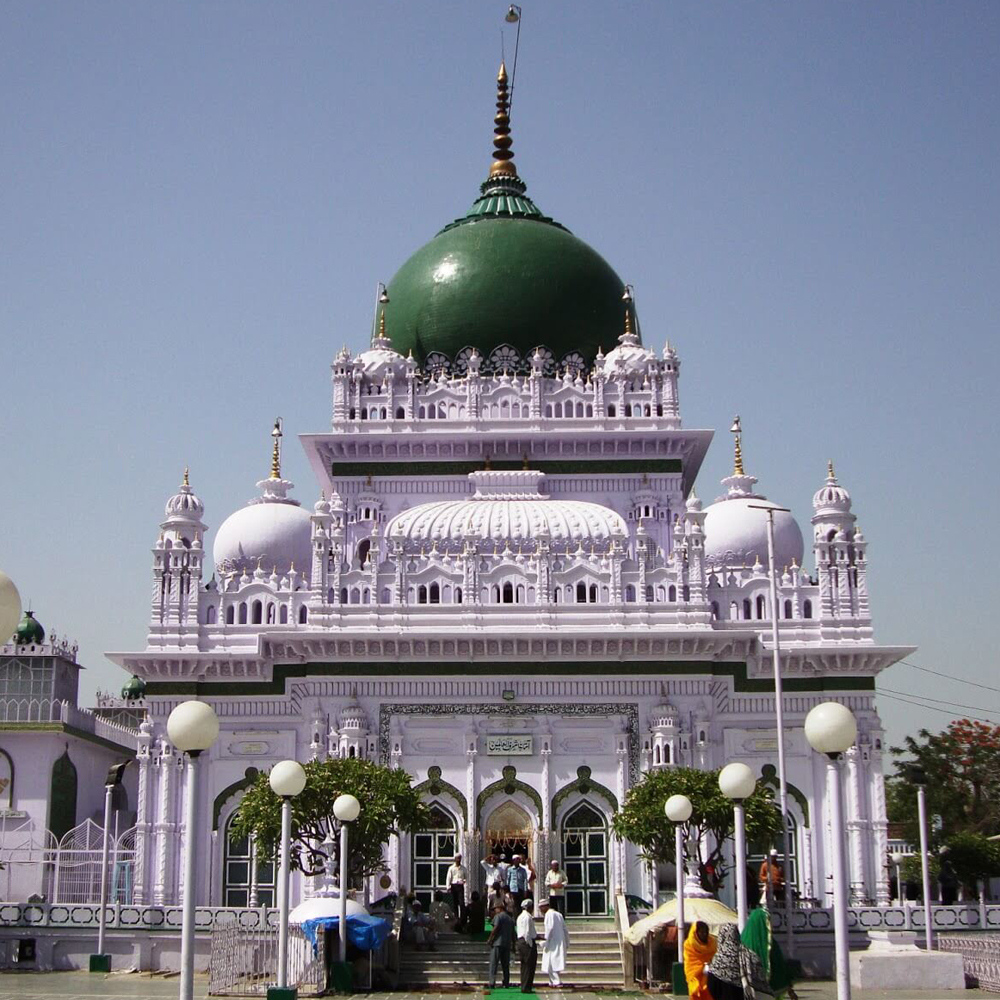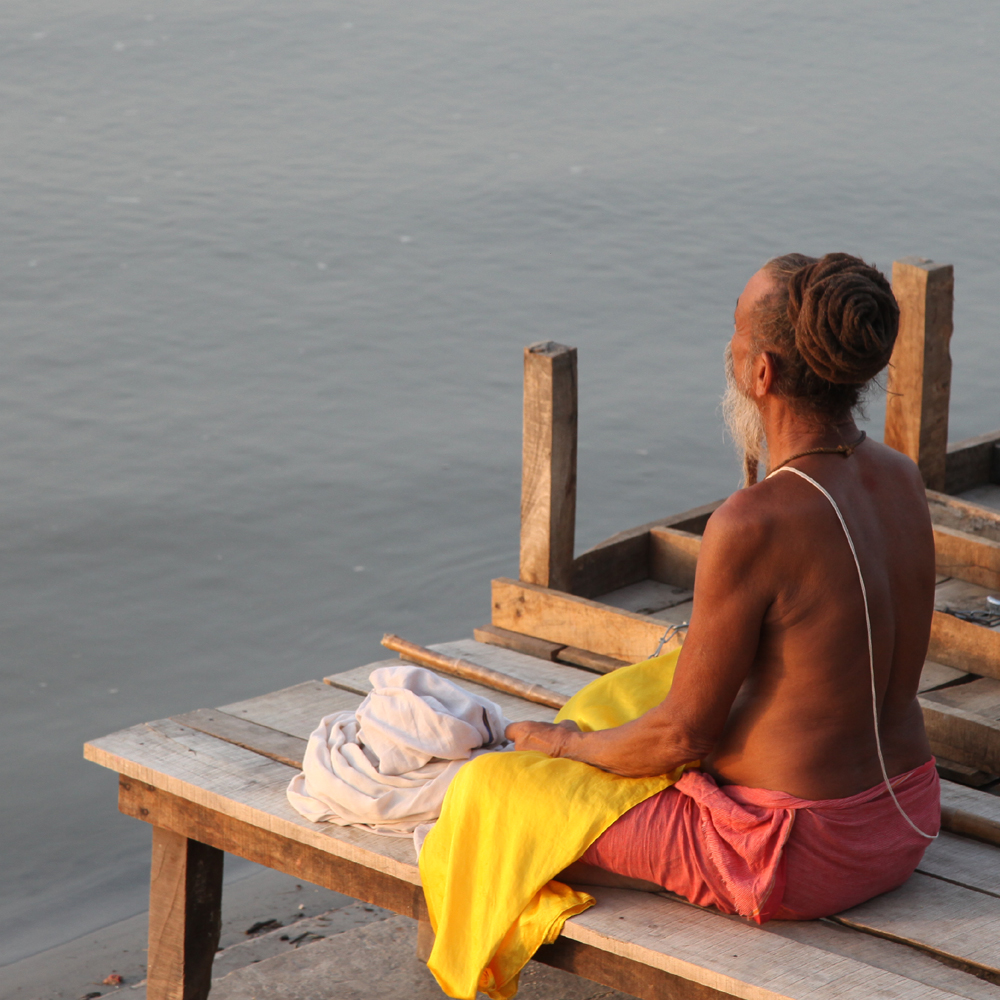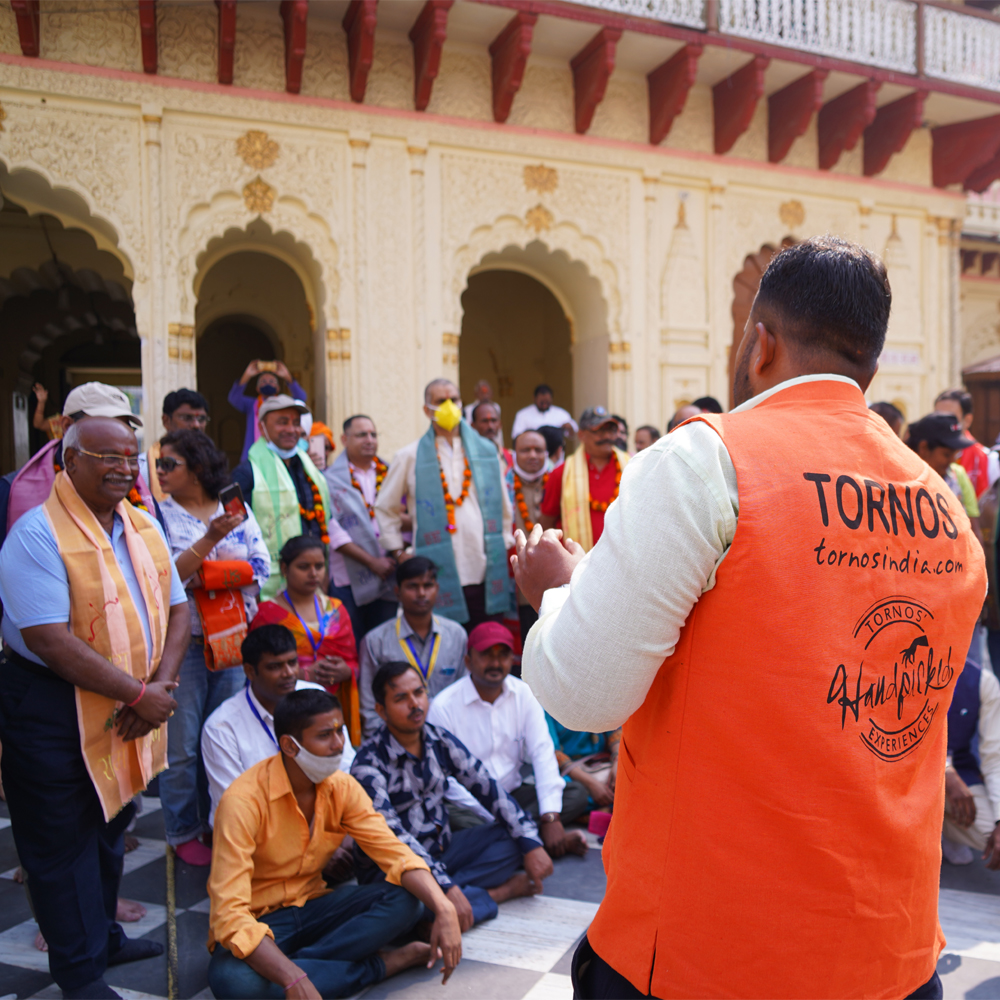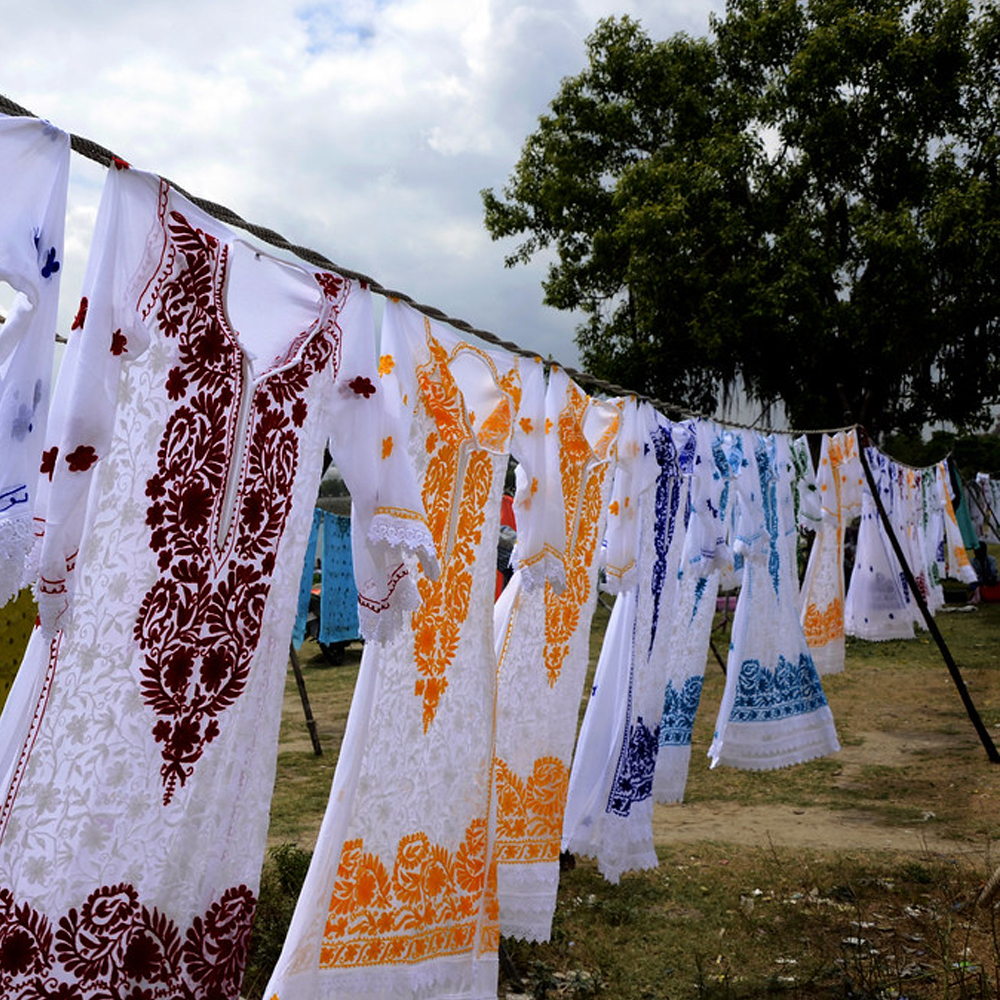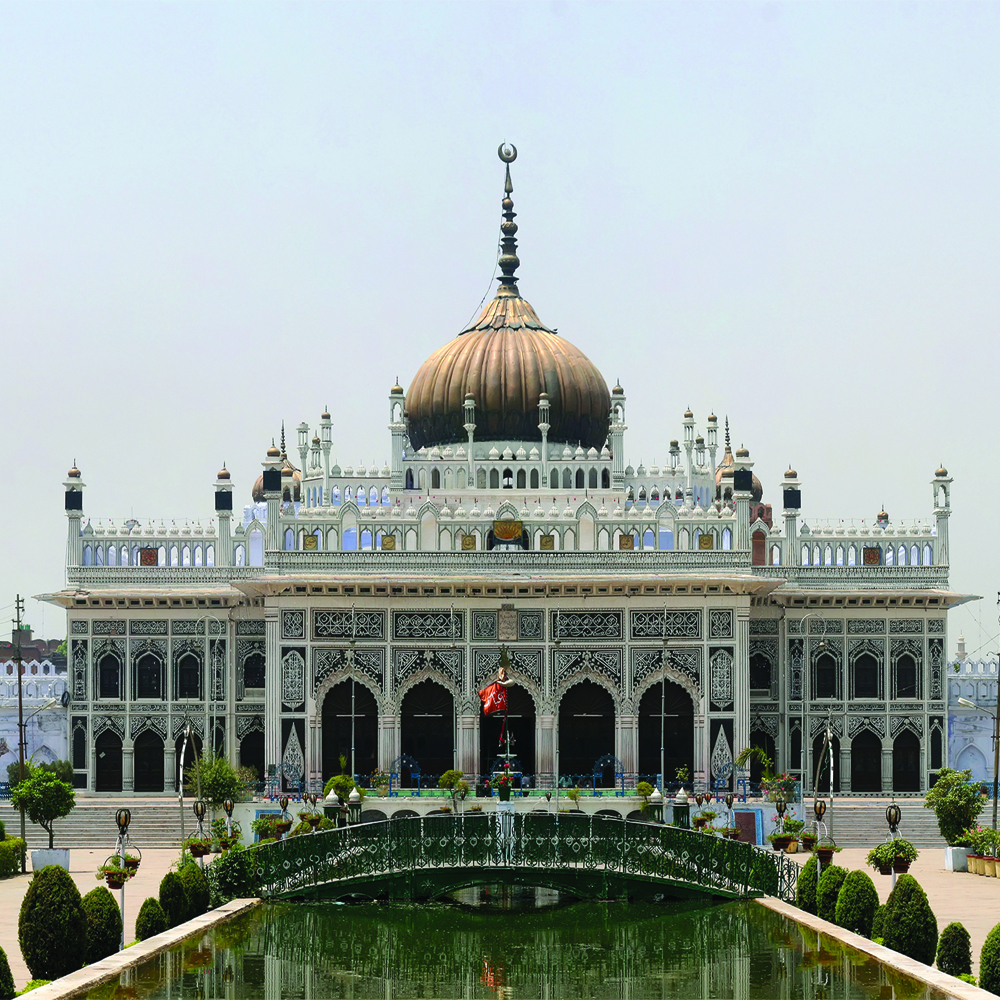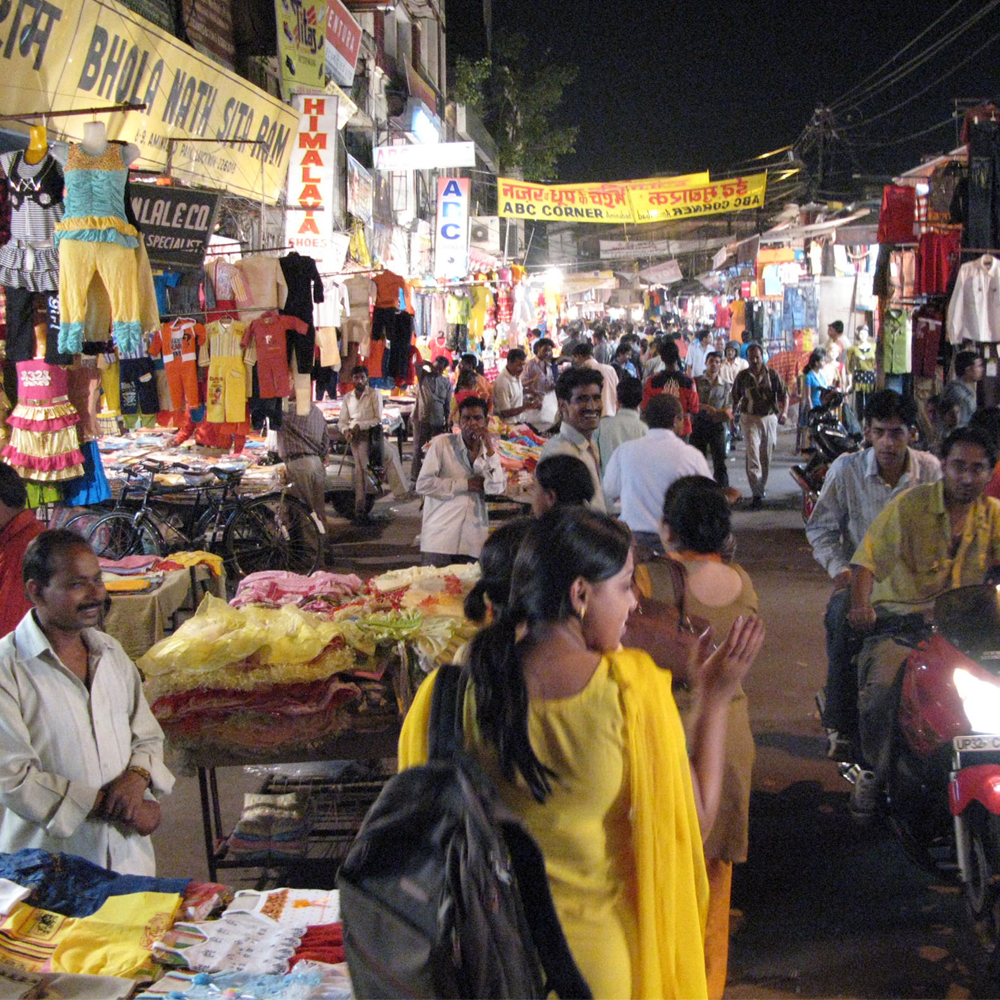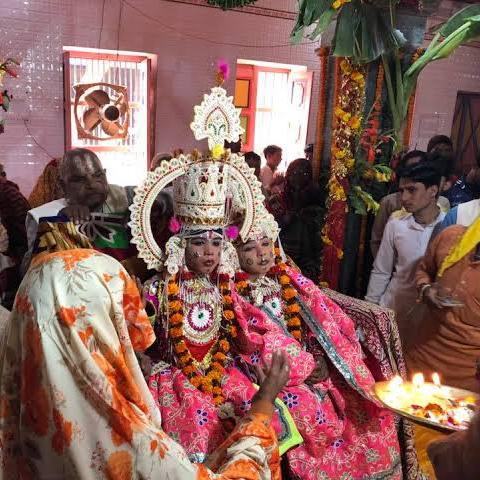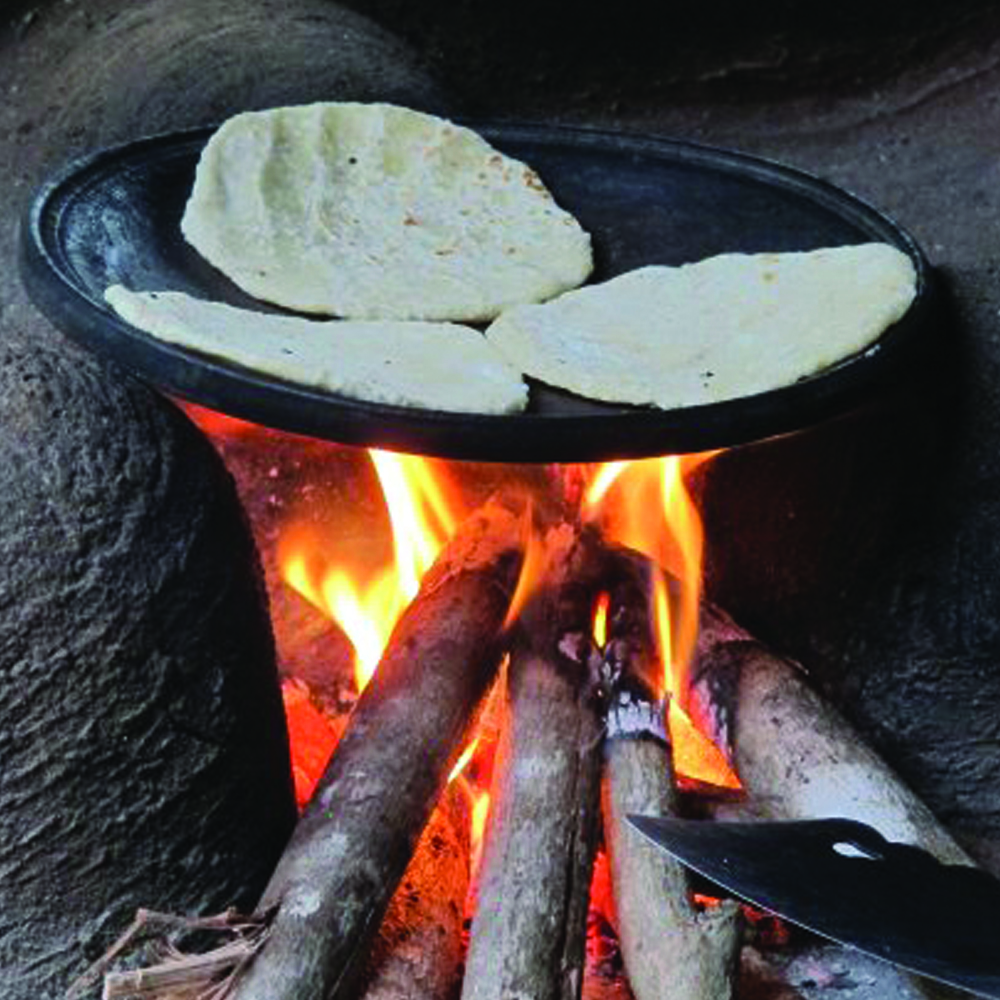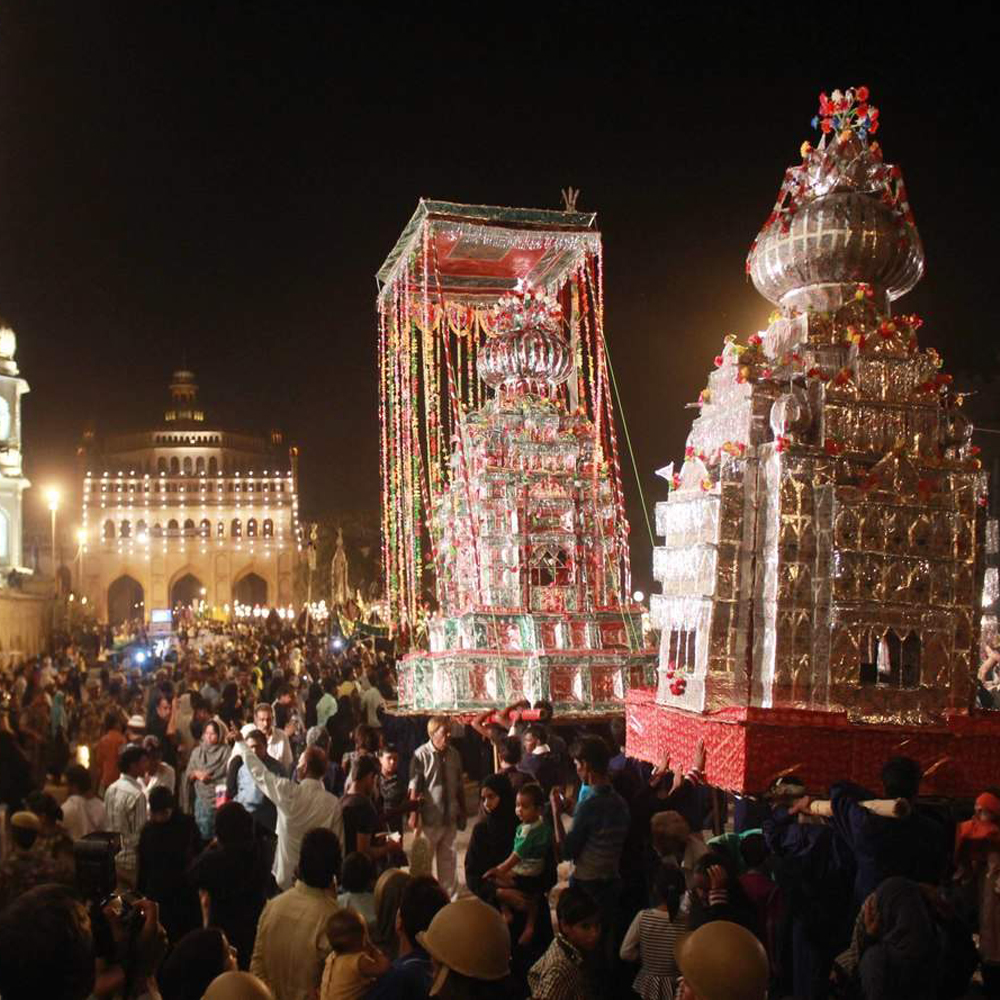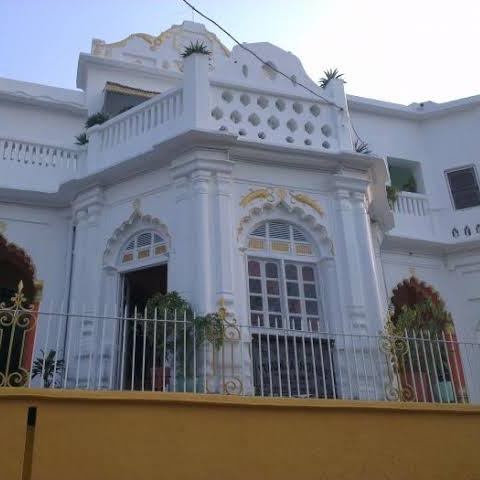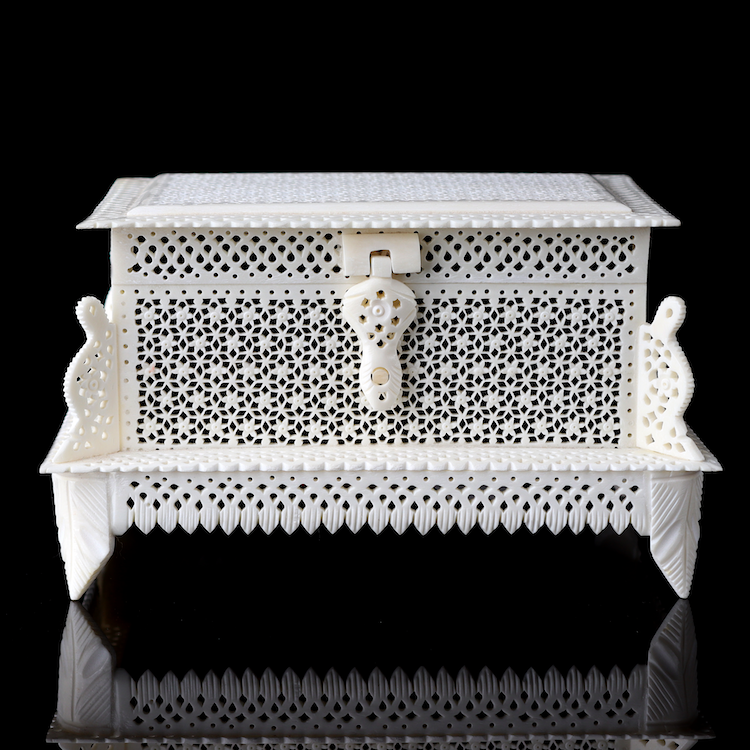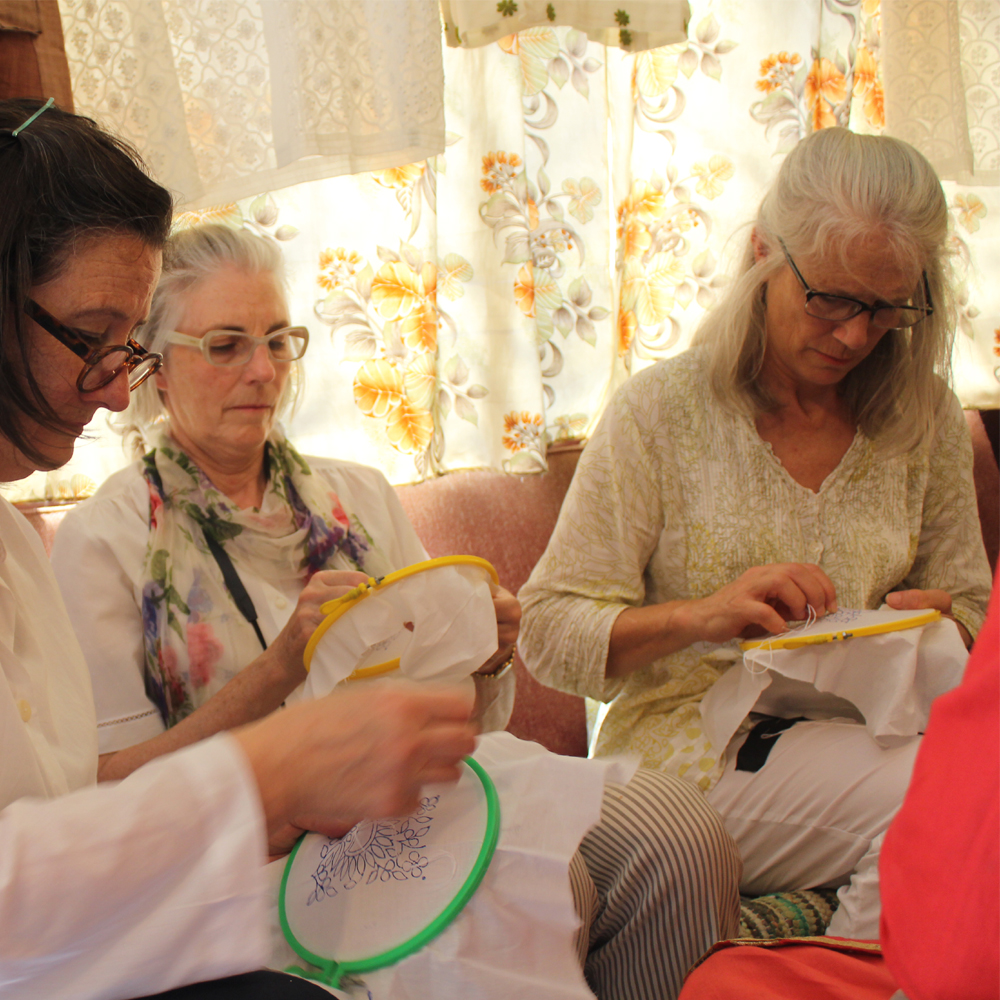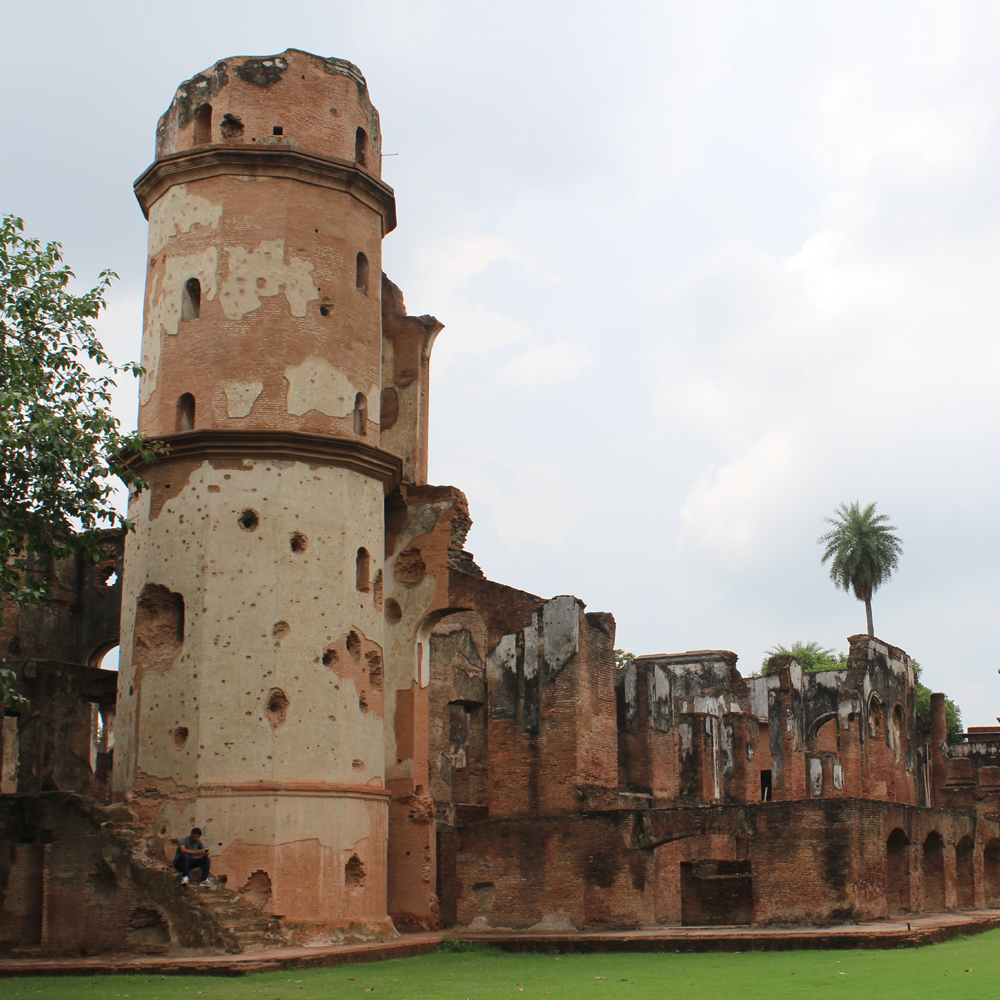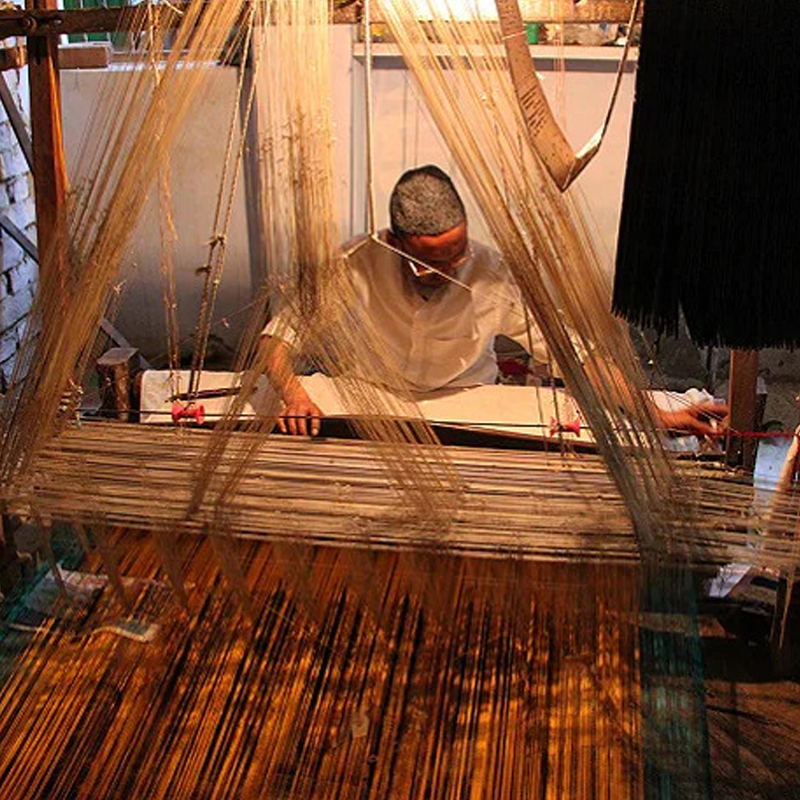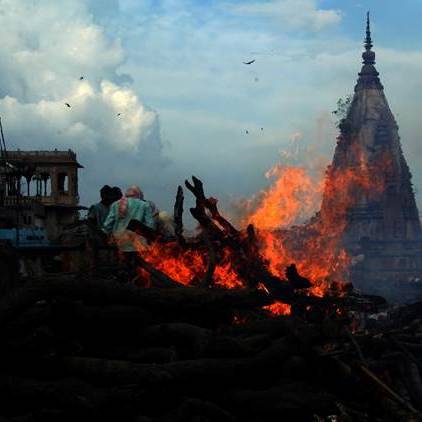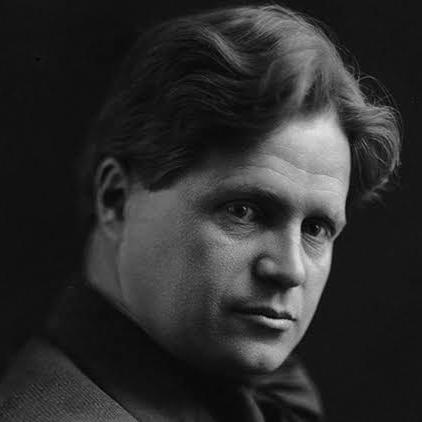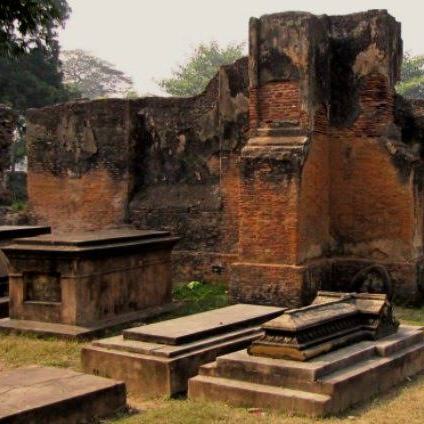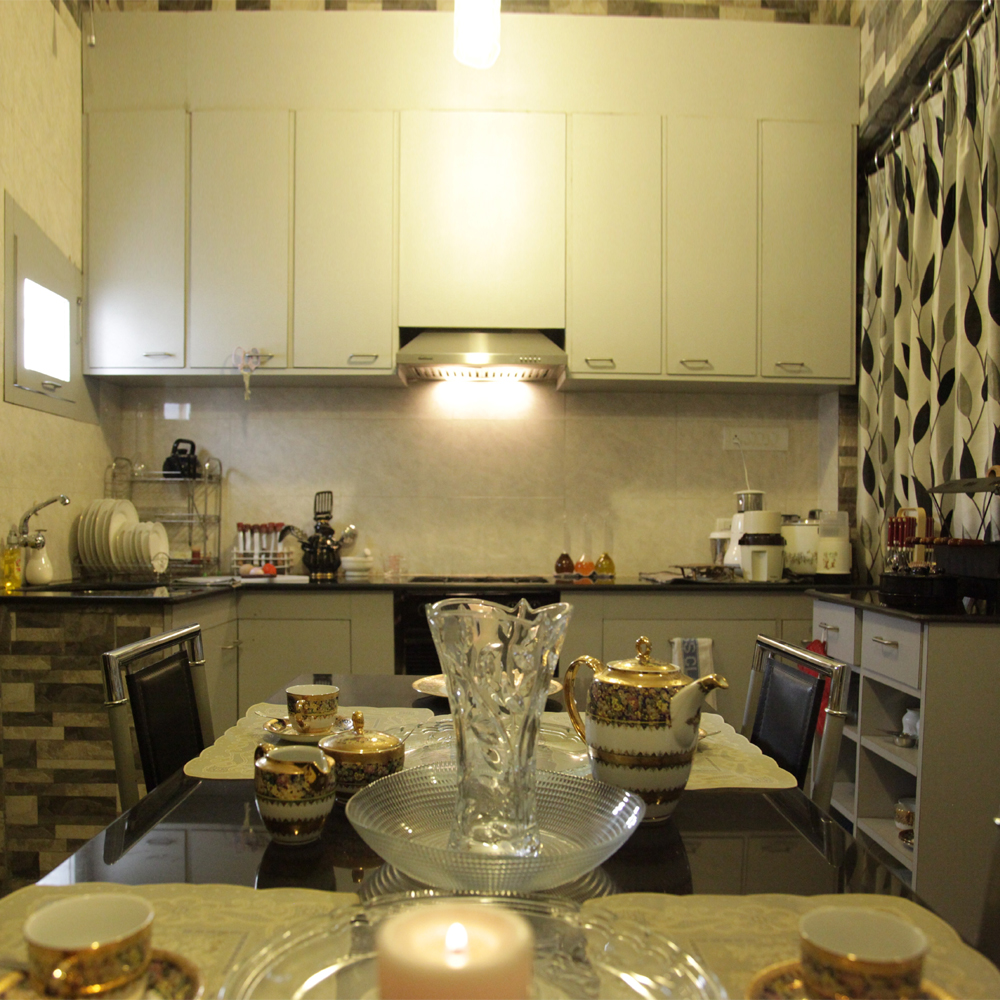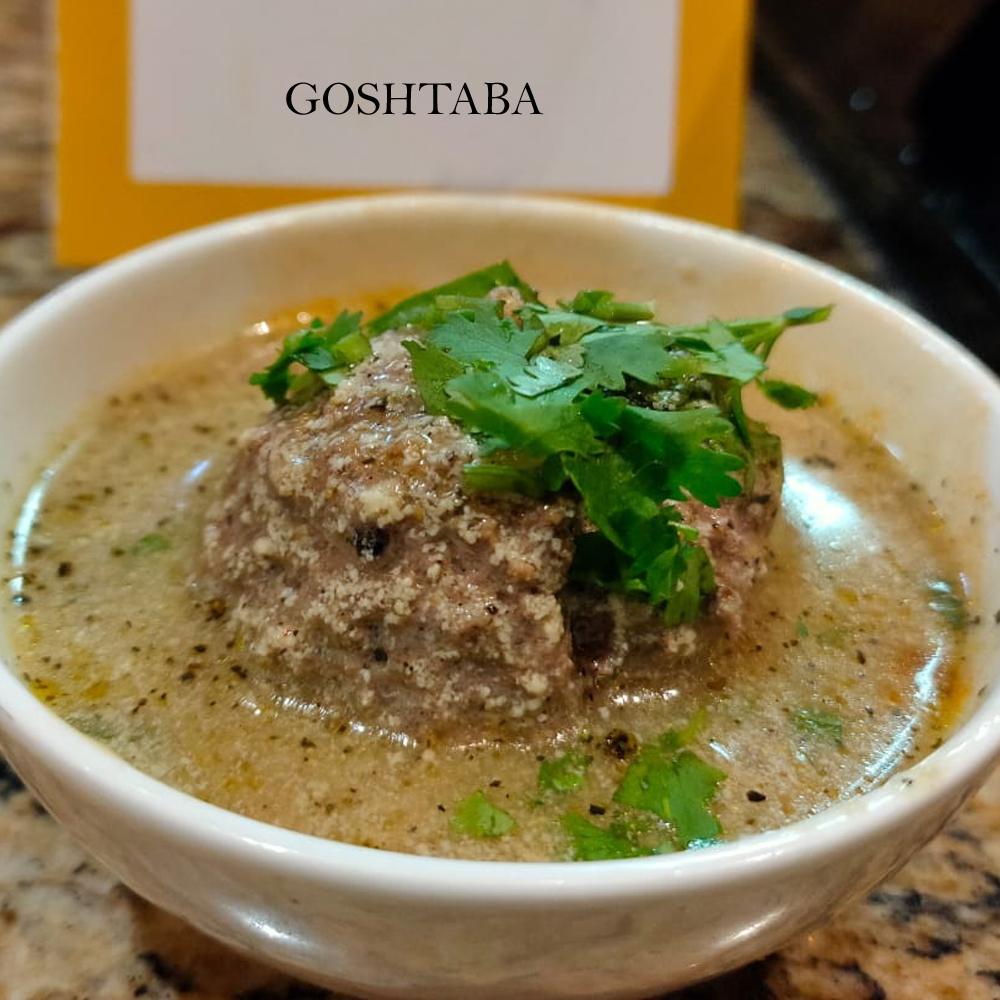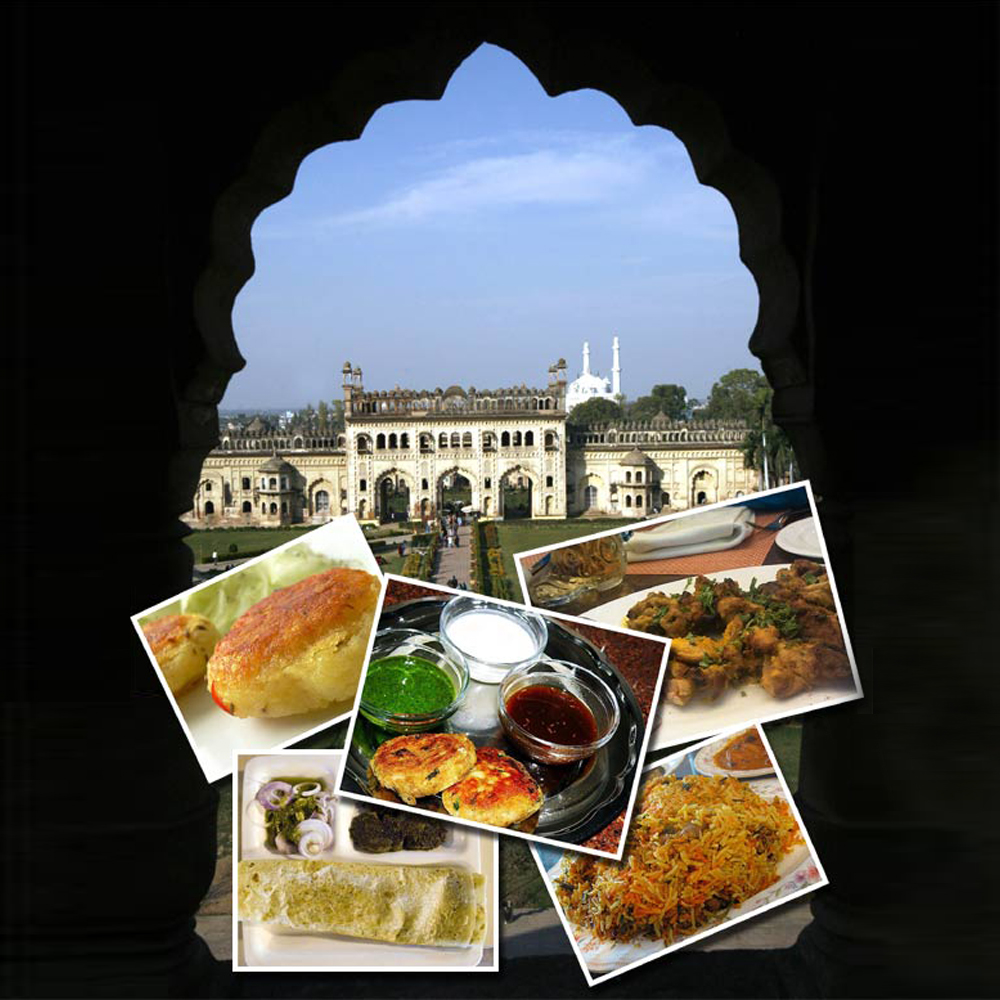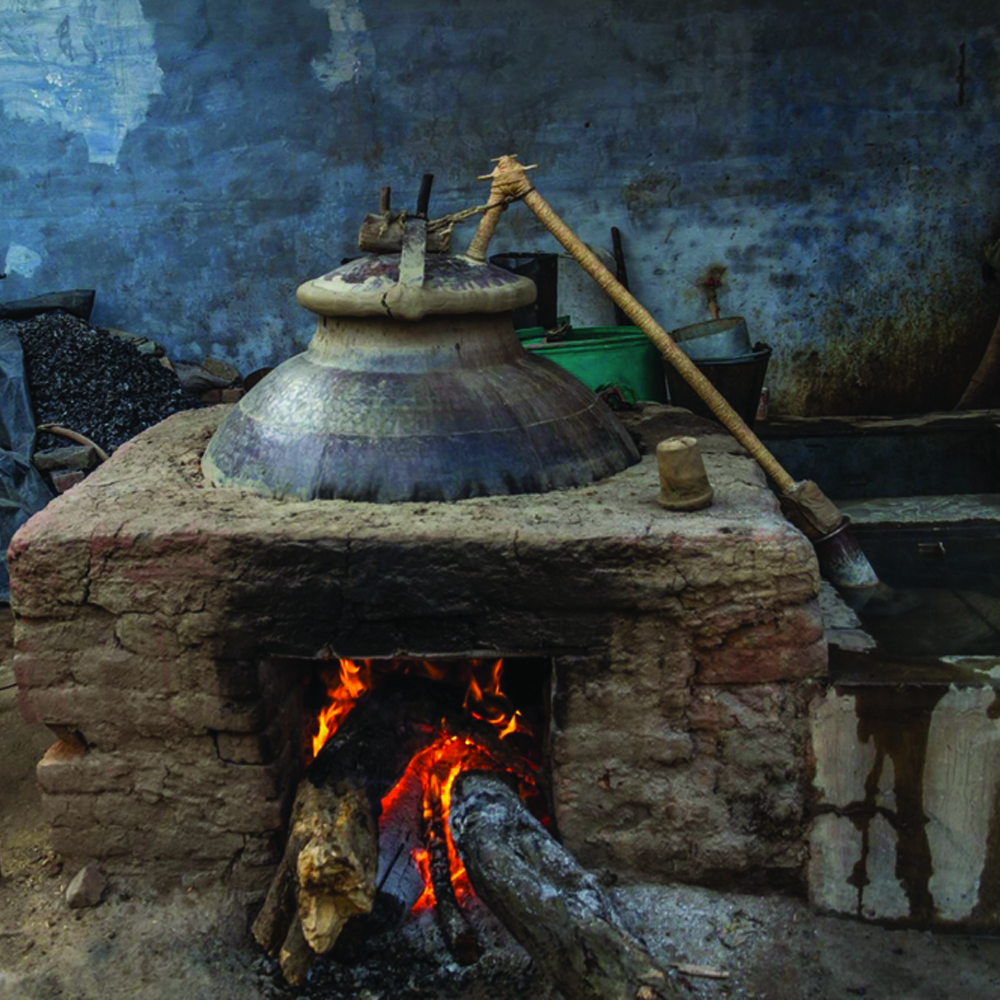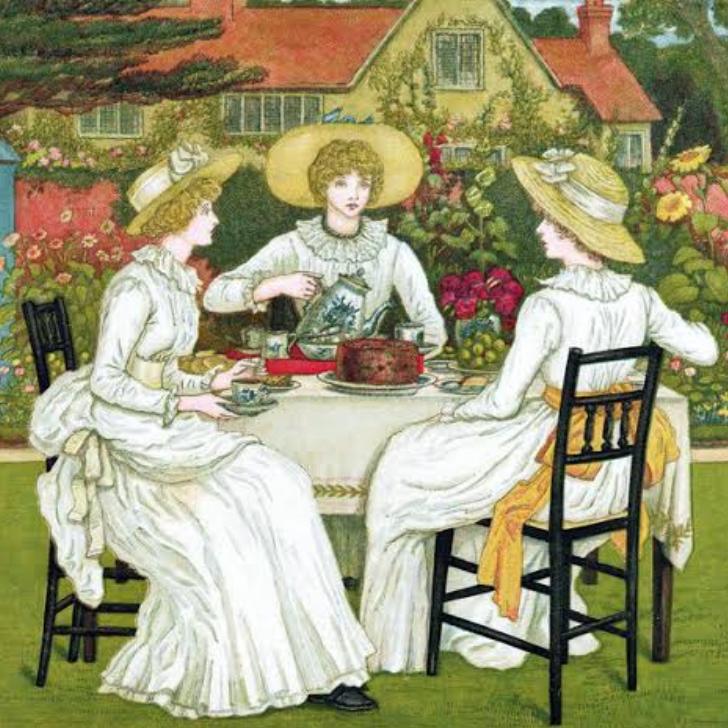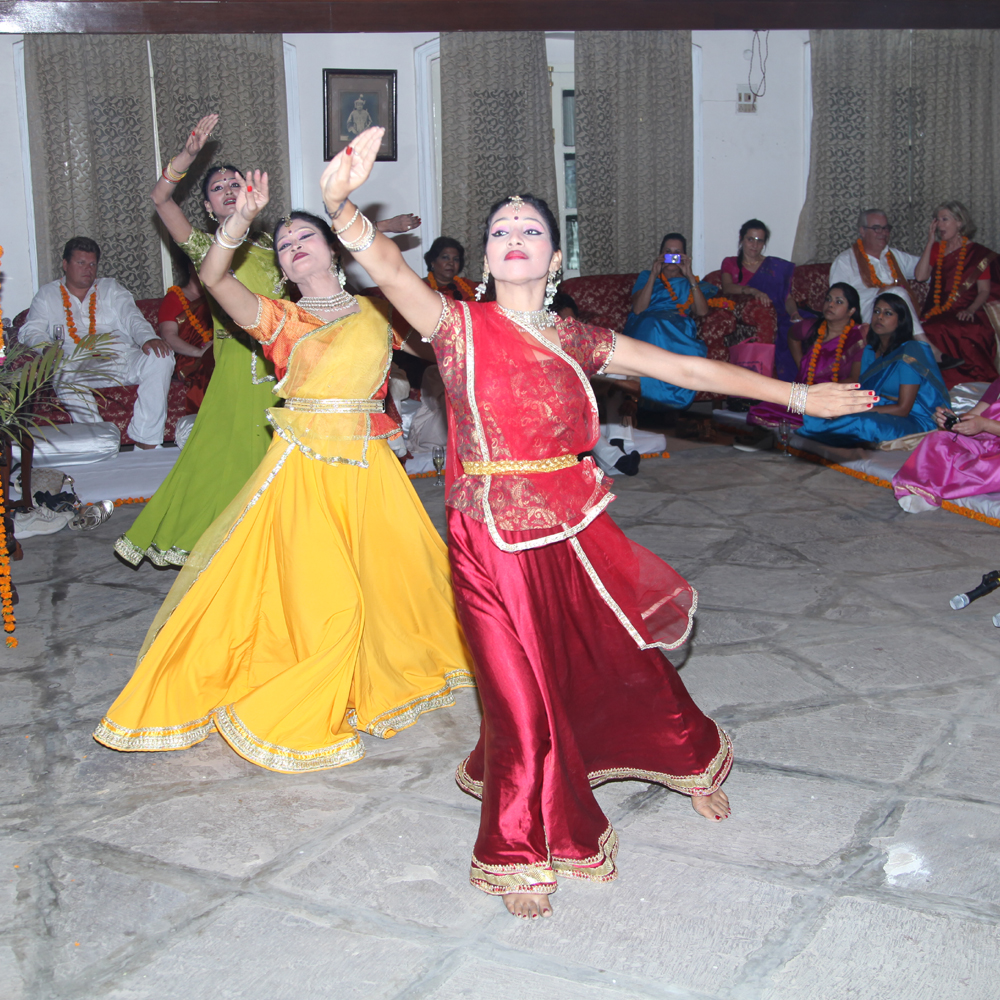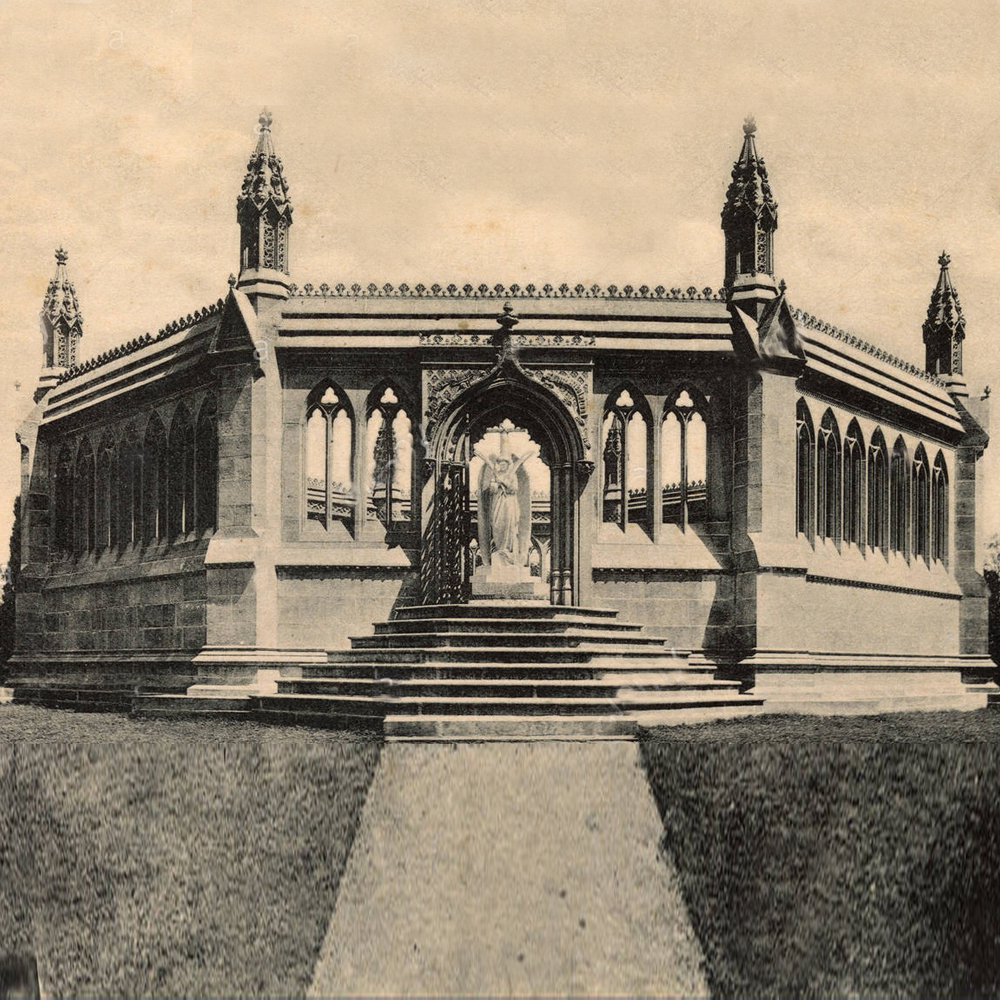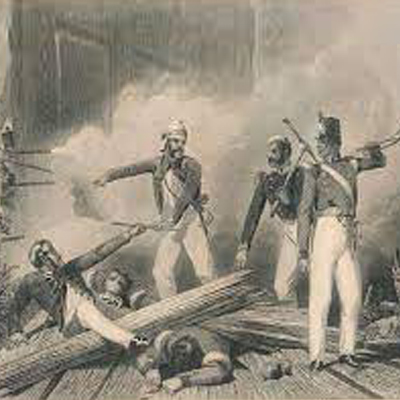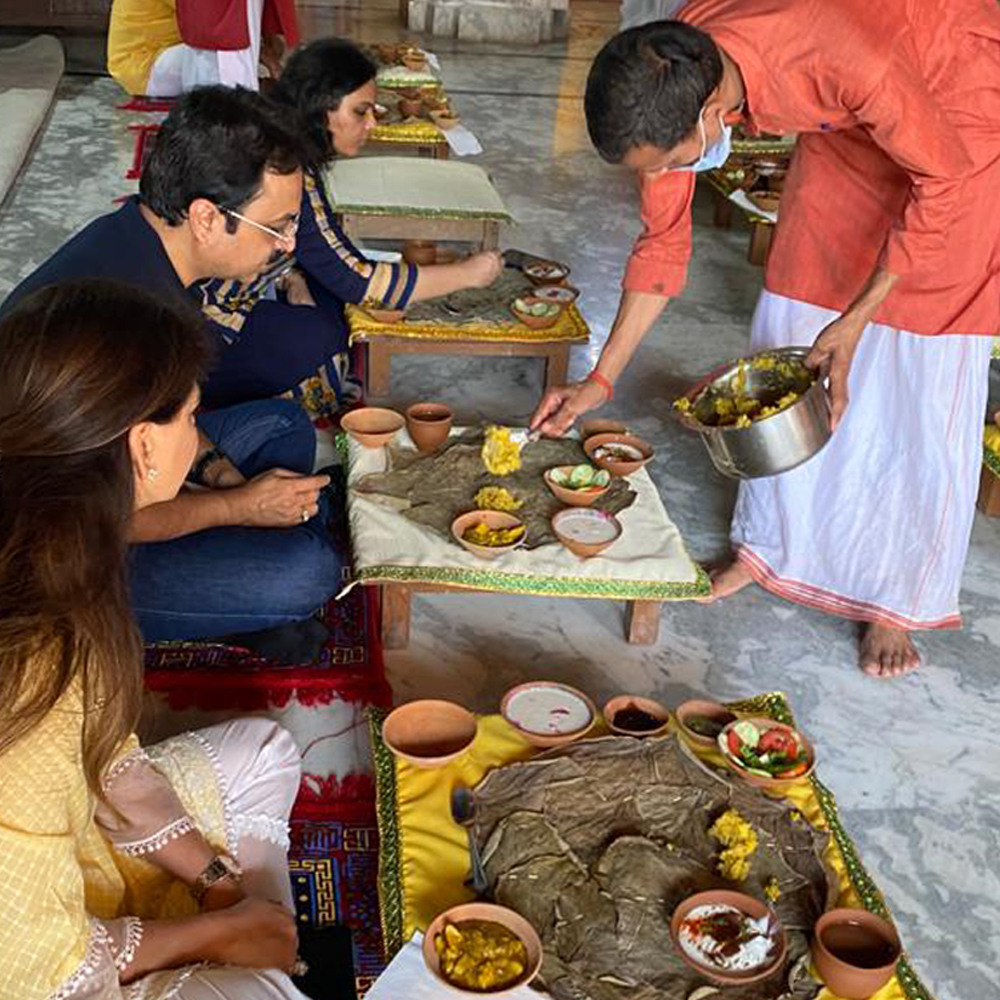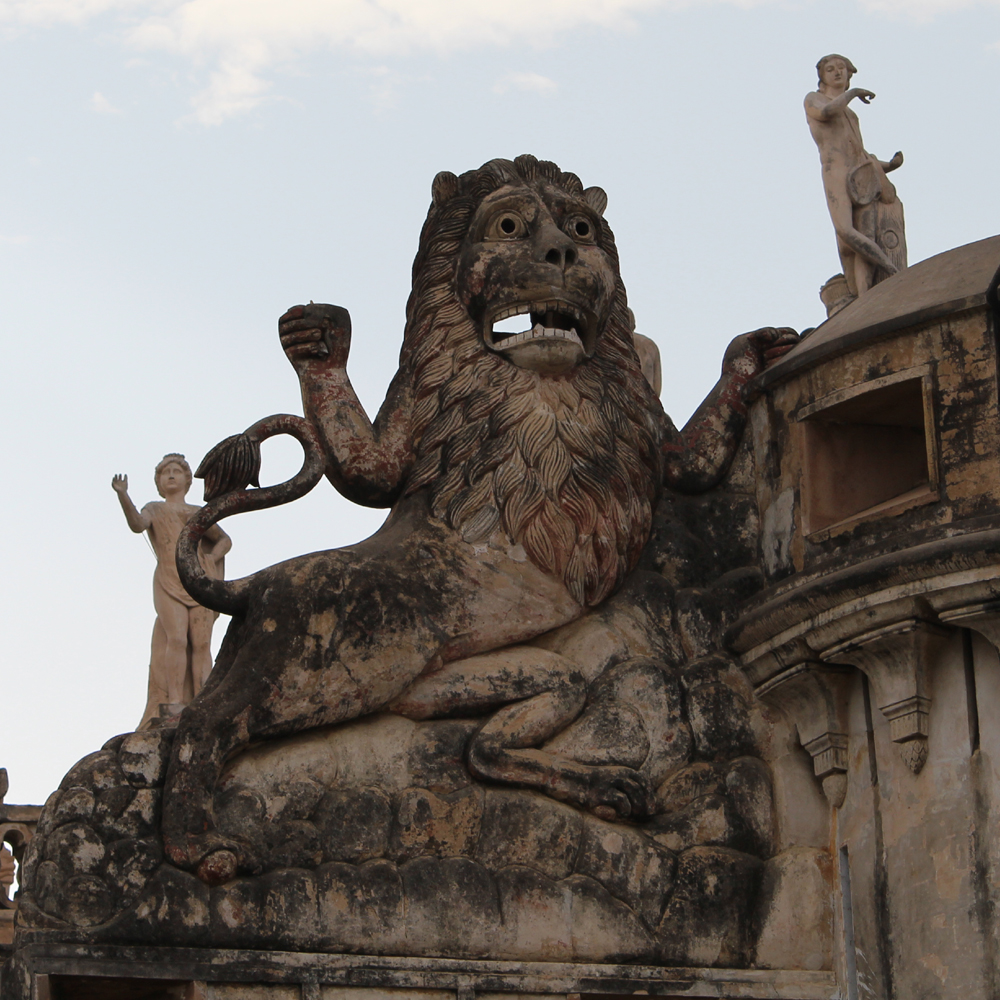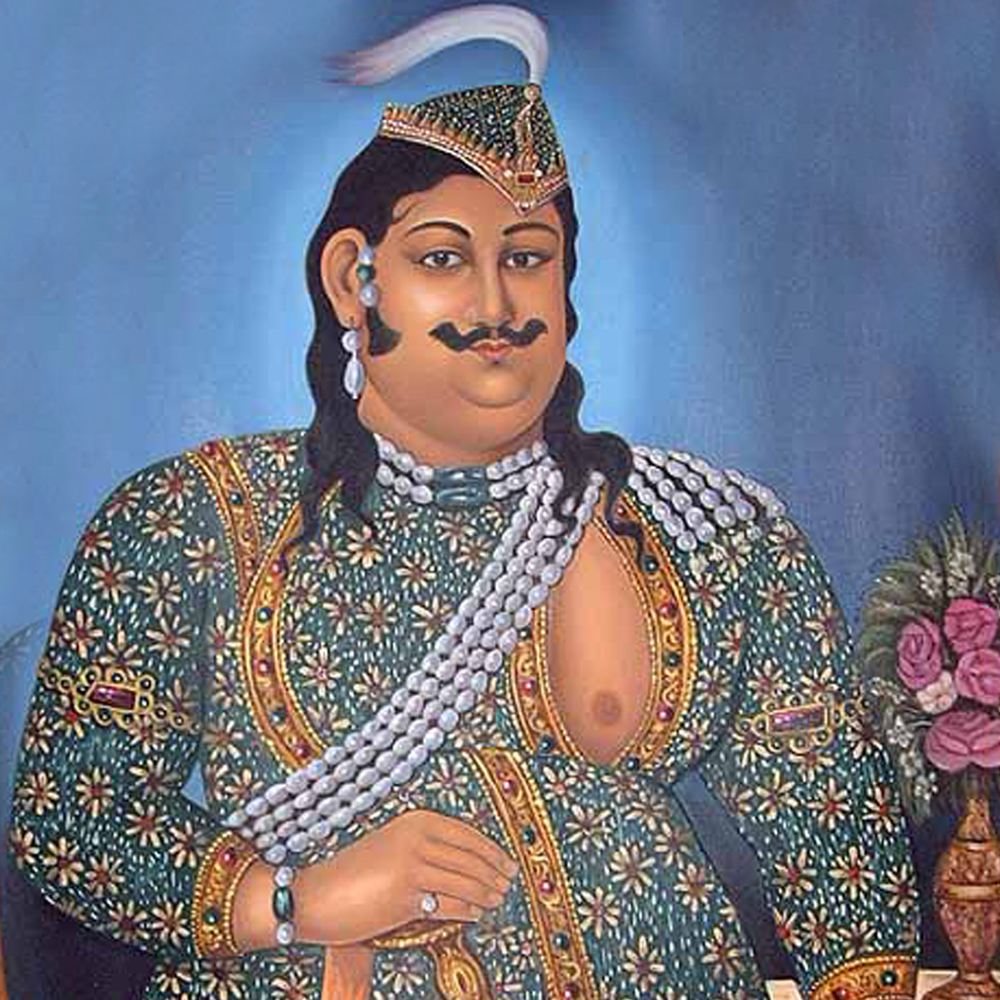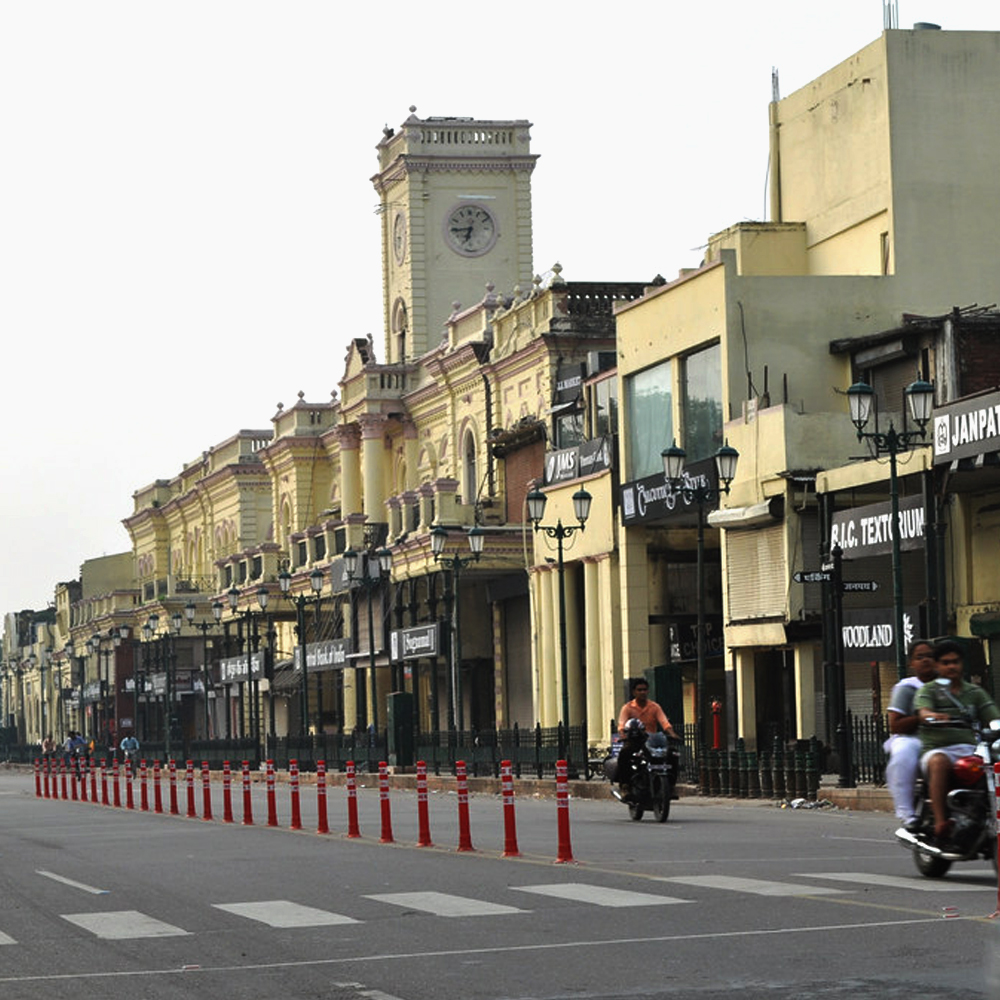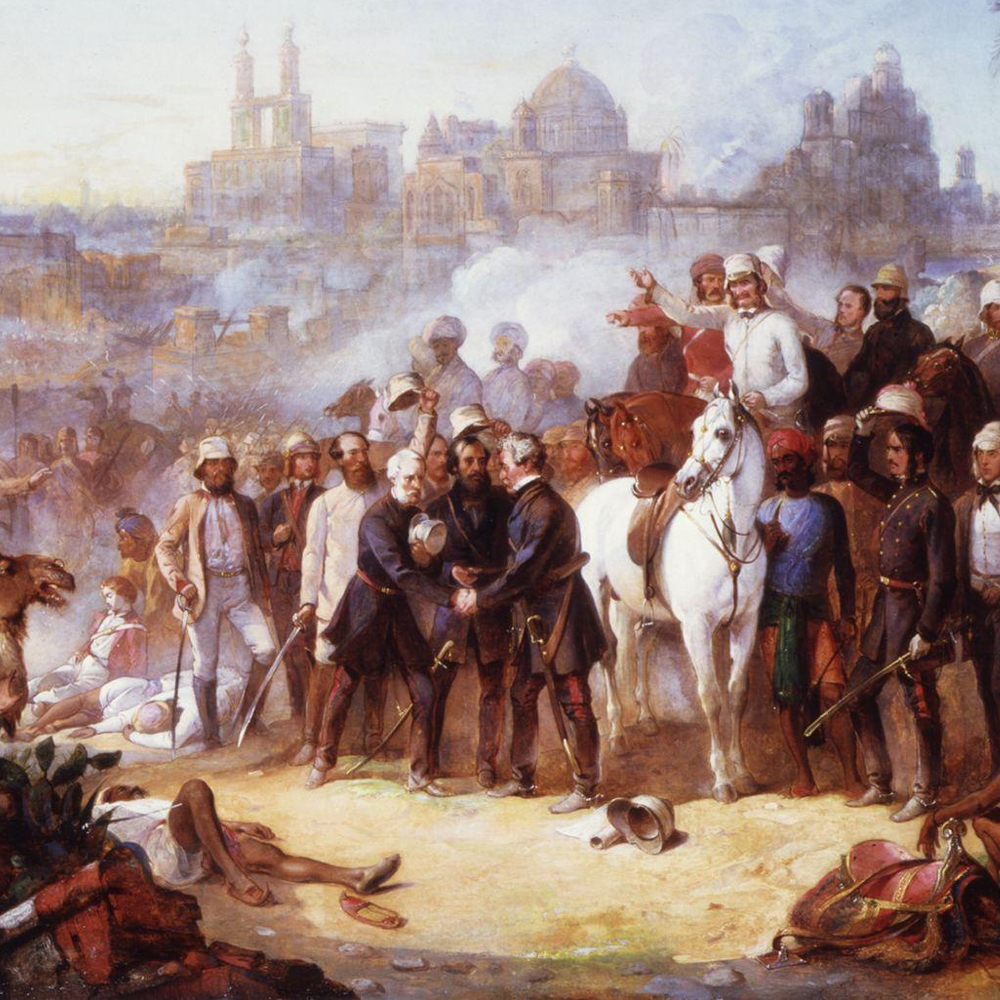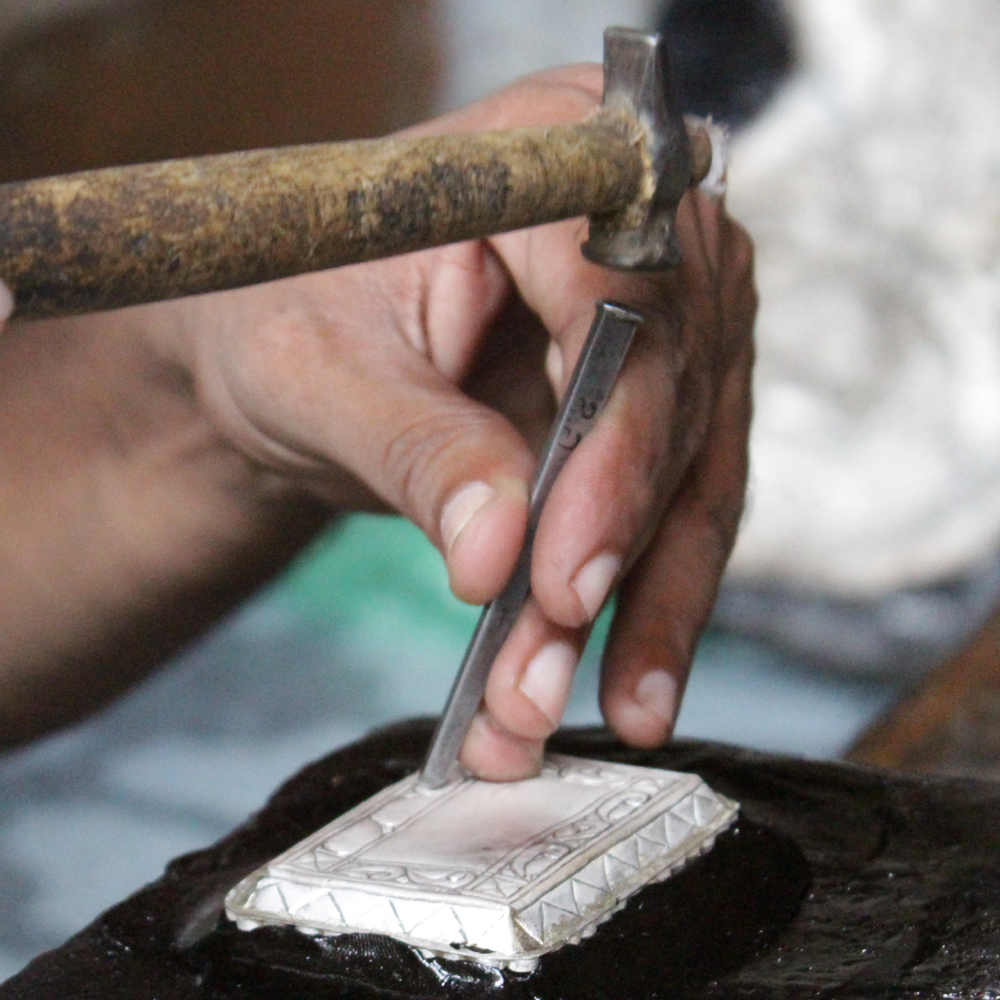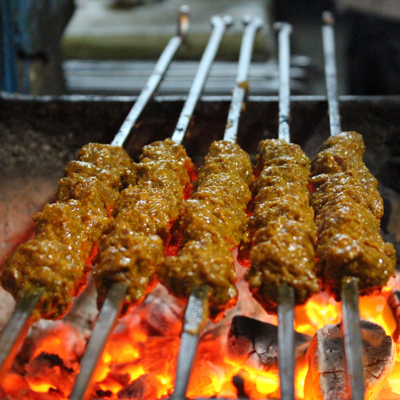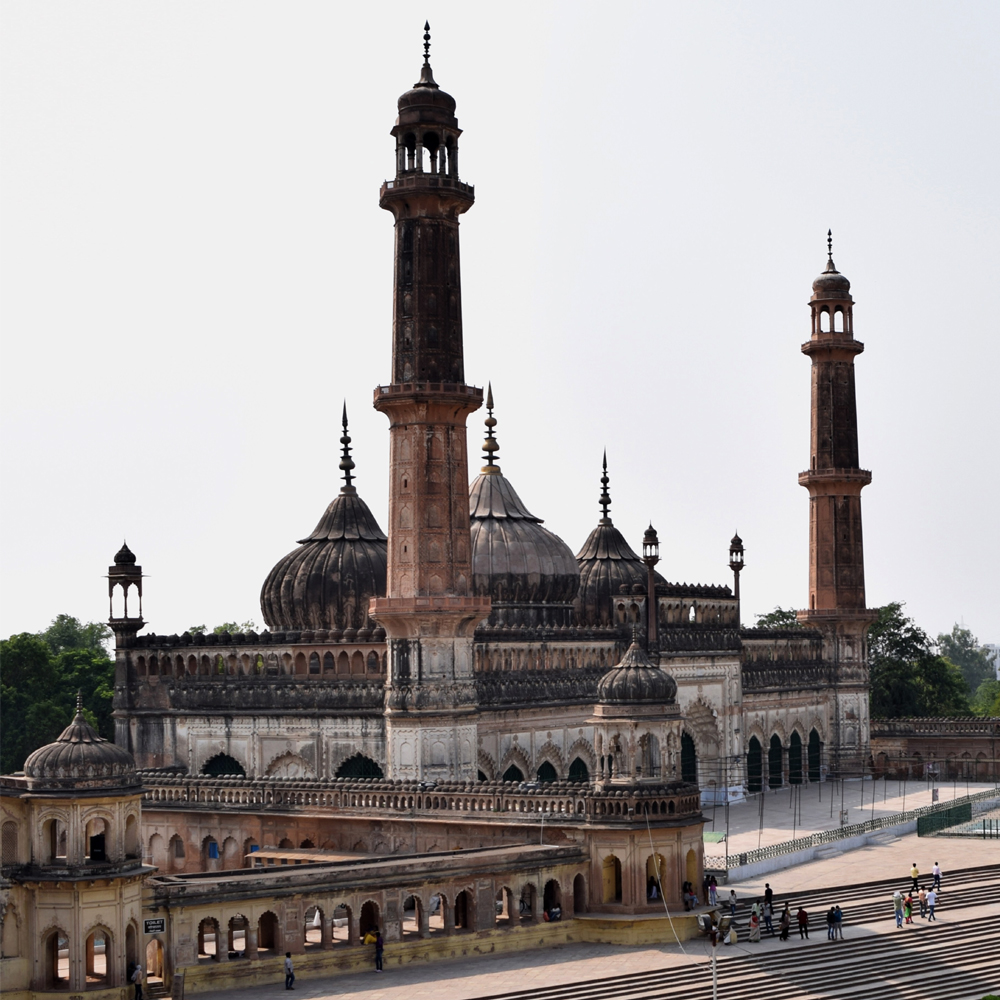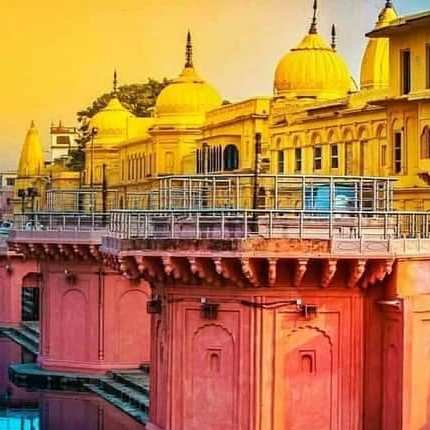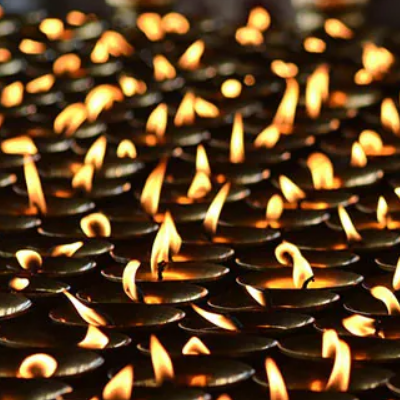After the spine chilling massacre on 27 June 1857 at the Satichaura Ghat, the two commanders of Nana Sahib reached Nana to tell him of their valour, narrating how they ambushed all except the occupants of one boat that they couldn’t hold, and that all the ladies and the young ones have been held captive and are being marched to the Savada Kothi which was the headquarter of Nana Sahib in Cawnpore. Some believe, that Nana Sahib on seeing the imprisoned ladies and children, who he believed were largely innocent, was a bit sad and somewhat did not appreciate what Azimullah and Bala Rao did at the Satichaura Ghat but there is no definite source to verify what and how Nana felt and was he really concerned.
Imprisonment of ladies and small children, many of whom were infants in Savada Kothi was no less than a torture. One hundred and eight prisoners were kept in a very small room, with absolutely no facilities and they were fed with just one roti (Indian bread) and a cup of daal (Indian lintel soup) in a day. A rebel posted to guard the room, often threw some grains on the floor of the room and enjoyed seeing small ones searching for each grain in the room to be able to eat it raw, due to extreme hunger and nothing else to eat all day. Many rebels came to this makeshift jail to see the pitiable condition that their masters’ lady wives and children were in, and to watch them through the window as one does in a zoo.
Celebrations for Nana Sahib’s coronation and the beginning of despair for the imprisoned

Nana Sahib, Raja of Bithoor
Another round of celebration happened on 1 July 1857 when Nana Sahib reached his palace in Bithur, just outside Cawnpore (now Kanpur). He was welcomed as a king by the priests and ritualistic Hindu welcome was arranged for him, which included ‘Tilak’ (application of sandal-wood paste on the forehead), recitation of vedic mantras, and ‘Aarti’ (a plate of oil lights, incense stick, camphor is moved around the upper part of body denoting the high status of someone and protecting him/her from any bad omen). Nana’s father’s throne was readied and a new glittering turban was made for Nana Sahib to be used for his formal coronation as the Raja. Gun salutes and celebrations were held in Bithur and Cawnpore. Nana was now ceremoniously titled ‘Srimunt Maharaj-Dhiraj Dhundu Pant Nana Sahib Pant Pradhan’. Homes and streets were decked up with oil lamps and people were rejoicing all over the place. A lot of gold from the coffers was used to make bangles and gifted to the troops, in keeping with Nana’s promise to them.
On 3 July at about five in the evening, the guards at the Savada Kothi lined up the prisoners and put them all into bullock-carts, escorting them to another place which was about four kilometers from here. Heavy guard surrounded the carts and locals gathered to see the plight of these prisoners. Many ladies were in pain as their wounds of the Satichaura Ghat were not treated and the pain on the bullock carts became unbearable due to the jerks of it moving on an un-leveled mud road. Ladies were hanging their heads and were trying to cover their faces with whatever little cloth they had. Children even though very small, sat quietly as if they knew how distressed their mothers were and they shouldn’t be distressing them more. One lady in the party, to make way for another wounded lady, jumped off the cart so that she walks along but just then a guard with a sword inflicted a deep gash on her back, hurling vernacular abuses and pushed her back into the cart.
At Bibighar – site of the bloodiest massacre
All reached a place called ‘Bibighar’ (Bibi Ghar). This was a part of a place which belonged to Sir George Parker who was a magistrate at Cawnpore, though ruined but this part of it, called the Bibighar was almost intact. Name ‘Bibighar’ has been coined by two words, ‘Bibi’ and ‘Ghar’, where ‘Bibi’ means a wife or may be just a lady (could be a mistress too) and ‘Ghar’ means a house. Original use of this place was actually to house the lady of the house or the wife of the occupant.

Bibighar Illustration (Photo by Corbis)
This new prison, Bibighar wasn’t any better from the previous one, Savada Kothi. These were one hundred and eighty prisoners in a room and an open space that in total was only about 18.5 square meters. This is just about the size of a modern small bedroom that only otherwise accommodates two. This place too was looted during the siege as it belonged to an English officer and fell outside the entrenched area and was just an empty room without any furniture etc. and only a hard-jute mat spread on the floor.

Bibighar Plan (Credits: Andrew Ward – from his book ‘Our Bones are Scattered’)
The challenge was that the room was not big enough that all could sleep at one time. Senior ladies in the imprisoned party were Mrs. Williams, Mrs. Lucy Prout widow of Major Walter Roger Prout of 56th Bengal Native Infantry and Mrs. Moore, wife of Major John Moore of 32nd Cornwall Light Infantry. Among these, Mrs. Lucy Prout was the youngest. Mrs. Moore was not only taking care of all children and helping them survive this pitiable condition but also, she made a sleeping timetable for the ladies as all of them couldn’t have slept together due to lack of space and it was only possible if a few stood to make space for the ones laying down.
Mrs. Pair who was the widow of a drummer was made the in-charge of the kitchen which was set up in one corner. Mrs. Jacobi, wife of Henary Jacobi, a Swiss watchmaker, her son Hugh and daughter Lucy, and Rose Greenway widow of Mr. Samuel Greenway who was a merchant in Cawnpore, with her family too was now here at the Bibighar. The room was not only small but due to rain the mat on the floor was stinking of mould. All large windows were sealed so that no prisoner could escape and this further compromised the ventilation. The weather by now was sultry and humid, rains had set-in and all occupants who were in the open courtyard, were drenched as room did not have enough space to step in. The room was full of houseflies in the day and insects and mosquitoes in the evenings which made sleep even more difficult and fear of disease loomed large on the prisoners.
Hammocks were made by tearing half of the skirts and hung on the hooks on the walls for very small children to sleep on. Very intelligently children were involved in games to divert their attentions from the real problems this in spite of the fact that there wasn’t much space to walk from one corner to another. By now it was very suffocating – many children were fanning themselves with their mother’s skirts for some fresh air and many were sticking their nose out from the window cracks to breathe. Scene outside was quite different; the guards were at utmost ease, enjoying rounds of tea and refreshments and taking a nap on the bamboo cots. This further incited the innocent small children, who on seeing them were insisting to go out in the open, unknowing that they were not free but imprisoned.
News was spreading fast that a contingent of British relief forces was about to touch upon Fatehpur a town which was about eighty kilometers from Cawnpore. While Azimullah and Jwala Prasad began their preparation to counter the force, people out of fear started fleeing Cawnpore for safer places, presuming that British forces will punish them if caught. Nana Sahib was now asked to dawn his military hat again and ready the army that was now into sleep mode. A force of about 700 British soldiers was reported marching ahead and burning all villages en route from Allahabad (now Prayagraj) to Cawnpore. It was also being reported that all natives they came across on the road were hanged in avenge. Just then, Nana Sahib under Teeka Singh, his Subedar Major and Jwala Prasad, his Brigadier formed a force of about 3500 men to counter this relatively small British contingent on 10 July 1857.
Very short hope – kept well and fed well before sacrifice
There was a rumor doing rounds that Delhi had issued orders to Nana Sahib to be kind to the prisoners or that Nana Sahib was feeling guilty about the way the ladies and children were being treated by his men. It was now that Nana appointed a doctor to attend to the prisoners who were sick and wounded. Fresh set of clothes collected from the washer-men were now made available to the prisoners and cooks commissioned to provide some good food. It is also stated that a few bottles of wines, beer and rum were made available for the ladies and milk for the children. Overall the conditions were much better now, though too late and too little as cholera broke out killing fourteen, including Alice Lindsay who was the sister of Caroline and Fanny Lindsay and the nieces of Major William Lindsay, the adjutant of General Wheeler. Alice was here with her sisters Caroline and Fanny in Bibighar.
A mistress of Nana Sahib Hussaini Khanum of Islam faith was appointed as the in-charge of the prison. Hussaini Khanum was about thirty years old, tall and fair and was known to be authoritative, so much so that many referred her as ‘Begum’, a word that’s used for a wife with respect. Hussaini also ran a vice, supplying young women to the natives and the British officers. Nana Sahib’s decision to appoint her was probably to make the life of the women and children easier and to free him of this responsibility that had fallen on him. He assumed that a lady in-charge will be more forthcoming and relate better to the ladies and children in the prison, though Nana Sahib was sadly mistaken. Hussaini Khanum nurtured a grudge against the European ladies as many of her customers drifted due to the European ladies who were in relationship with a few wealthy natives. After taking charge, the first thing she did was to fire some native servants who were smuggling food into the prison for their former masters’ wives and children.

Indicative image to show a water-carrier or ‘bhisti’ in India. Bahishti Abbasi is a Muslim tribe who worked as water-carriers (Photo credit: Hulton Archive)
There was only one water carrier (Bhisti or Bishti) who fetched water from a well in the compound and carried it into the Bibighar in a buffalo-skin bag. Water supplied was not at all sufficient but just enough to drink to be alive. July heat coupled with extreme humidity was unbearable and bathing was an un-achieved luxury now. Two sweepers were the only ones who cleaned the area as there was no separate toilet and all the ladies, young and old were totally exposed to the ogling eyes of guards many of whom peeped inside for fun and sexual pleasure. Young native boys often sat on the boundary to watch half naked women in the prison and this became a pastime for many. The doctor appointed for the prison did his best to save the sick and also moved a few serious patients in a separate room but the conditions were so bad that all his efforts were in vain and deaths just did not stop. When any lady or a child died, the dead body was tied by a rope and pulled by the sweepers to the river Ganges, stripped off all the clothes and thrown nude into the river.
Multiple kinds of news and rumors were reaching Cawnpore and one even was that the British all over the country had left and Hindustan (India) was abandoned in fear by the English. Calcutta, Madras and Bombay were being abandoned by the British out of fear. Nana Sahib’s joy knew no bounds and he now began thinking of himself as being the most powerful King. The news also created fear among the natives who had been British loyalist as they feared Nana Sahib’s wrath for the small deeds they did to protect or to help the British in and around Cawnpore. Another contrary fear was of the British taking revenge and treating all natives alike, without distinguishing between who was on their side and who was against. Both these fears were making many abandon Cawnpore and other areas around. One such friend of the British was a local businessman Nanak Chand who had warned the then Collector of Cawnpore Charles George Hillersdon of the evil plans of Nana Sahib but Nana on confrontation with Charles Hillersdon, denied and assured Charles Hillersdon of all protection instead, though Hillersdon was betrayed and what followed was much more than what was warned by Nanak Chand. Nanak Chand was in hiding himself through the eventful period in Cawnpore and now even after, he decided to be in hiding for two reasons, first of course was the fear of Nana Sahib as Nanak was a British friend, and second being that now he also feared the British who were known to be advancing towards Cawnpore, as he feared that the British forces based on their assumption that all natives are their enemies, will kill without any distinction. Boatmen at the Ganges who were afraid now of what they did at Satichaura Ghat fled fearing British action on them. Even a few guards who were posted at the Bibighar fled now. Overall it was a situation, when some feared Nana Sahib, while others feared the British action on them. Cawnpore was left with a very few people who mustered courage to be here and thus the population of Cawnpore dwindled and Cawnpore slowly became a place to be guarded by only the rebel forces.
A bridge on another river, Pandu that flows through Cawnpore from a lake in Farukhabad into the Ganges was a scene of yet another battle between Bala Rao and the British and Bala Rao was wounded on his shoulder in this battle. On his return on 15 July, Bala Rao called for a meeting in the afternoon between a few high ranking officers of Nana, including Azimullah, Tatya Tope and Nana Sahib’s brother Baba Bhutt, to inform them of his defeat at the hands of the British forces and how the forces were advancing towards Cawnpore with great speed and determination to avenge and that they are taking all hindrances head-on. Azimullah’s advice to Nana Sahib earlier was echoing now as he had asked Nana not to spare any British and that even if he spared on they will retaliate and destroy Nana Sahib. Many questions were raised in this meeting; some were out of curiosity while others were out of fear but the idea was to fact check the condition and determine the next move.
Site of the meeting was Noor Mohammad’s Hotel, which was just about 90 meters from Bibighar – the prison where European ladies and children were kept under the command of Hussaini Khanum. Hussaini Khanum was appointed to better the condition of the women and children in the prison but quite contrary to the purpose, she made it worse. Only two servants and one sweepress were a part of the caretakers of the prison. Ladies in the prison were allowed to wash their own clothes as a sort after privilege by the permission of Hussaini Khanum. A young Hindu priest out of curiosity climbed up the boundary and saw the European ladies washing their own clothes. On enquiring from a guard why isn’t any washer-man provided for this, he was assaulted and imprisoned all night for sympathising with the British. When the clothes were hung out in the courtyard on the tree branches to dry, a few ladies stood beneath it to get some cool wind from the wet clothes and many had only one so they hid behind the drying clothes to avoid the sight of guards and young boys, perched on the compound walls and peeping through the window cracks to see them nude. Many rather most were widows and used any black cloth available to tie black armbands in memory of their lost husbands and one could see most wearing it.
Disease was just not sparing any. On 13 July 1857 Edward, son of Mrs. Rose Greenway died of dehydration and diarrhea. The doctor now sighted spread of diarrhea as a general cause of death instead of distinguishing between cholera, dysentery and sepsis. The dead bodies were being dragged out and the imprisoned ladies and children watched this inhuman way of disposal but could only pray in despair.
As the prisoners from Fatehgarh were also in the count which now came to 200 and included seventy three ladies, one hundred and twenty four children and three men from Fatehgarh, Lt. Col George Smith of 47th Bengal Native Infantry, Colonel Andrew Goldie (Military Auditor General) of 47th Native Infantry and an injured Magistrate, Mr. C.B. Thornhill who were in a different room along with a grownup boy Frank, son of Edward Greenway.
Terror of Hussaini Begum reigned supreme
At about five in the evening, the main door of Bibighar opened and Hussaini walked in and stopped the doctor from recording the names of the dead that day. When the doctor who was kind to the sick objected, he was pushed out along with a cook and a sweepress (wife of a sweeper, Bhondo who had ran off a few days ago) and were made captive to be taken away by Hussaini. One lady prisoner gathered courage to ask Hussaini, what Nana Sahib proposed to do with all the prisoners and was bluntly told by her that all will be destroyed.

Terrorised ladies and children inside Bibighar (Painting)
The sun had faded by now and the fear was gripping all in the prison, Caroline Lindsay was holding her sister Fanny tightly, while others were hiding their little ones under their tattered skirts and torn gowns. Through an open window Mrs. Moore asked a sweeper, Yusuf Khan about their children’s fate, to which Yusuf Khan said that there is no such news and that they shouldn’t be afraid. Hussaini Khanum had murdered the doctor and two others she took along with her now returned to Bibighar. On her return she asked Yusuf Khan to line up all the ladies and children on the road outside to which, Yusuf objected and questioned her authority to do so on her command. Yusuf had resolved not to harm any of the ladies and children. Not that he was very much loyal to the rebel side but he in all fairness believed, at least ladies and children were innocent and surely did not deserve any harm. Other rebel guards followed Yusuf and toed the same line, not to follow the orders of Hussaini Khanum in spite of her warning them of getting them killed if they did not.

Tantya Tope (an able aide of Nana Sahib)
This matter was escalated by Hussaini Khanum with added lies, and in less than an hour Tantya Tope, a trusted aide of Nana Sahib reached the site to see the situation and question Yusuf. A sweeper in Bibighar couldn’t see the plight of the ladies and smuggled a few out of this confinement and kept them in a nearby temporary structure. Tantya Tope was furious and asked this sweeper to immediately get the ladies back into the Bibighar. Yusuf then battered for the safety of imprisoned ladies and children with Tantya, asking him that it has to be ensured that no one will inflict any physical harm to them. A heated argument between the two took place and Tantya accused Yusuf and his supporters for siding with the British. Tantya finally could take the situation in his control and reluctantly the men had to follow Tantya Tope’s command.
The rebel guards now followed Hussaini Khanum into Bibighar and the mere sight of Hussaini accompanied by the sepoys, made the imprisoned ladies shiver in fear. Ladies were ordered to step out but all held each other tightly and many held the pillars in the courtyard, crying children were hiding under the skirts of their mothers. Outraged Hussaini Khanum ordered the sepoys to drag them out. Sepoys unwillingly followed the orders and pushed the inmates out. The scene was horrific enough with children crying and ladies wailing, to put the sepoys to shame and invoke their gentleness towards the innocent ladies and children. Promptly these rebel sepoys, shut the door from inside to protect the inmates in Bibighar so that none of the inmates could be dragged out. This was utterly shocking for Tantya Tope and Hussaini Khanum. A message was sent to Nana Sahib, informing him that sepoys could not drag the ladies and children out and how strong these women and children still were in spite of the condition they were kept in and that they be killed where they were to end this subject all together. When Nana Sahib was narrated this, he got up from under the neem tree where he was sitting and left without any comments.
First round of killing were cold blooded murders
Here at the Bibighar, Yusuf Khan now asked his men to step out and put the gun barrels inside the windows and fire. Inside the room, ladies hid behind the pillar and in the courtyard, though it wasn’t enough to dodge the bullets. The area was only about five meters in width, the courtyard was one and a half meters and the main room was only three meters, which was now going to become an execution cell with twenty musketeers ready to fire. The first round which was fired might have killed many ladies and the young ones, just then the second set of sepoys replaced them and started firing through the windows. The room was full with smoke and gunpowder stink but many inside had by now found covers to defend themselves and be out of the line of fire.
The musketeers reported, they were unable to target any. This could have been as they were doing all this reluctantly and wanting to harm the least. They denied firing anymore and said if Tatya Tope wants, he himself should pick up the gun and fire. Disgruntled Hussiani Khanum cursed the sepoys calling them names and ridiculing them to be the British sympathisers and promising to get brave men to accomplish the job, replacing the coward ones.
Second round of killing was butchering
She called for one Sarvar Khan her alleged lover, to get his people and reach the Bibighar. Sarvar Khan’s mother was a prostitute, who provided services to Irish and Sarvar somehow hated Europeans probably due to his mother’s profession. Just as the sun was about to set, Sarvar Khan with the red sun going down in the backdrop, emerged in red colour uniform with his men, wielding swords and following him. Out of these four, two men were butchers with a typical look, tall, well-built, dark complexioned and two were lower caste men.
As this gang of four dreadful men advanced towards Bibighar, people around got curious and foresaw some action. To get a good viewing position they climbed up on the boundary wall and the mud-hilltop, some even climbed up the trees for a better inside view of Bibighar. Inside Bibighar some ladies were busy carrying the dead-bodies to keep them all together, some ladies were nursing the wounds of the wounded and comforting them while others were in a combat mood to fight it out, if any further attack happened. Mrs. Jacobi and Mrs. Ellen Probett, wife of William Probett both well-built ladies whose fathers were artillerymen, were determined to protect the nine children who were saved till now.
Sound of the door latch opening was heard quite clearly –. The lady, who had earlier spoken to Yusuf Khan regarding the fate of the inmates, bravely stepped forward to confront anyone who would step in. The moment the door opened, she was killed by Sarvar Khan who without any second thought slashed her with his sword.
Shrieks of fear filled the room and the courtyard, just then the four other men of Sarvar Khan made an entry, slashing all around them and moving forward. Mrs Jacobi bravely attacked one of them and with a single blow he was down on the floor but then the other men came forward to his rescue and in revenge they hanged young Lucy, Mrs. Jacobi’s daughter, suspending her by a hook from her chin and then slit Mrs. Jacobi’s throat. .
Now the living room was being turned into butchery, where these five men resolved to just cut the necks of the ladies and children as that would be the quickest way to kill. The ladies who tried to protect their necks with their hands had their hands chopped off with sharp swords that these men of Sarvar Khan carried. The floor was all red with blood streams and walls with blood splashes. These five butchers made their way in with swords, slashing each one and beheading many. Jonah fell on the feet of one of them to plead for mercy but nothing could shake the murderers who had vowed to slaughter all and each one. Some ladies even tried to run and save themselves by taking advantage of the pillar or the tree inside the courtyard, due to which two swords broke but Sarvar Khan got new ones from other men of his gang and the ‘mission butchery’ continued.
All this while, the doors and windows were left open but in spite of this, not a single lady or a child tried to escape. Ladies kept pulling their children and pushing them into a corner with hope that if they themselves are killed, at least the small ones may be spared and could live on. The dead bodies were falling on small children and a few died with the heavy weight and suffocation under them.
The painful voice of ladies and children which were collective earlier, were now becoming less as many were now silenced for good. In less than an hour, no less than seventy three were silenced. And the five butchers were on prowl still to look for the rest who may have been hiding under the dead or still gasping for breath. Now Sarvar Khan along with his gang stepped out panting with his clothes soaked in blood and holding the steel sword which was now red as a task of great labour assigned to him had been accomplished. Seeing them, the locals who had gathered around to see the mayhem vanished, as if Sarvar and his men would charge on them now. After all came out, Hussaini Khanum locked the door from outside and Sarvar Khan and his gang of men went back to their homes to wash the blood on them.
Third round of murders was mercilessness & heartlessness
By the early morning of 16 July 1857, the news of the murders had spread all over Cawnpore and even reached Bithoor. Along with the sun rising, many locals started crowding in the periphery of Bibighar just out of curiosity, climbing up the wall and the trees around to see and verify if the news they heard was true. At about eight in the morning, yet another party comprising, hangmen, burial helpers and sweepers now walked through the crowd of onlookers. The onlookers moving aside made their way for this party and with open mouths and curiously looked at these men, unable to understand what was next.
One of them named ‘Aitwurya’ had been doing this and was used in the Satichaura Ghat and again in Savada Kothi to dispose the dead bodies in the river. He had earned well from this in a short span. His work today was a bit different though as the bodies had to be dumped into a nearby well which was about fifteen meters deep and twelve meters wide.
The main door of Bibighar was opened and the room was full of flies and ants that had taken over and the stink of the rotting flesh due to summer heat was already in the air. One of the hangmen on entering the room found a few ladies and children sitting alive in one corner and on seeing them he stepped back, as if he had seen a ghost. This party that came for the disposal of the bodies was under impression that all were dead. On closer inspection they saw many still alive and moaning with pain.
Aitwurya rushed to the Old Cawnpore Hotel to take instructions from Baba Bhutt on what to do with the ones who were alive. Baba Bhutt immediately ordered all to be killed. Aitwurya came back to Bibighar and the hangmen and sweepers pulled the bodies out with their hair, removed the clothes from of the ones whose clothes were good and threw them into the well. Ladies had no ornaments on them that could be looted, as most had been taken away at the Satichaura Ghat and remaining at Savada Kothi. Whatever little was left, must have been taken away by the Sarvar Khan’s gang, so good clothes were the only thing they could now lay their hands on.
Those who were alive too were similarly pulled with their hair and brought out in spite of their pleading to be spared. The patch of grass from which the blood soaked bodies were pulled had turned red, as if a red carpet was spread from Bibighar to the well. The well was getting full and now hangmen started chopping off the hands and legs of the corpse to fit the dead into the well.
Now was the turn of children who were running around in the courtyard. They were caught and brought out, only to be pushed alive into the well – they were dying with the adult dead bodies on them. As the last lot of children was being pushed into the well, the crowd of onlookers now started thinning.
By now the well was full and the remaining bodies had to be piled up in the cart and taken to the Ganges for disposal. Aitwurya and his team collected all clothes and belongings they had looted from the corpse and returned home. In the afternoon the three sweepers who stayed back and belonged to the nearby area were assigned the job of cleaning the blood on the floor and the walls. They filled the buckets and tried to clean the area, but it was so much that they just could not and only scrubbed some messages that were etched on the wall by some ladies. These probably would have been some messages for their loved ones, in remembrance of their husbands killed earlier or possibly some prayers.

The scene of scrubbing of walls after the massacre in Bibighar (sketch by Lt. Sankey lithographed by Walker Published in 1858, Cawnpore)
Later the same evening, Nana Sahib after losing a battle in Ahirwan (11 km from Cawnpore, on the road to Allahabad) – was quite disturbed and probably looked shattered for the first time. Nana then returned with his remaining army to Bithur leaving Cawnpore. City of Cawnpore was in the grip of fear and the exodus was on. Even the rebel sepoys were now leaving – some thought their work is done and the mission accomplished, while others were packing off out of fear of an avenge from the British side.

Scene of Bibighar after the massacre at Bibighar
Relief force reach under Gen. Henry Havelock Cawnpore, though too late

Gen. Sir Henry Havelock
On 17th July 1857 General Henry Havelock reached Cawnpore, amidst the news of the massacre at Bibighar, which they believed was a rumor. The march to Cawnpore was not an easy one and at many places the relief forces had to fight a fierce battle. Two doctors along with Captain H.A.W Ayton and Capt. William Robert Moorsom were sent further to assist the captive inmates of Bibighar. City was almost empty with a very thin population and almost no rebels stationed here to defend Cawnpore any further. Passing the devastated and ruined cantonment, Capt. Ayton met a man with a turban in heavy chains, who removed his turban and introduced himself as William Jonah Shepherd who was alive and thankfully saved now. Some Indian men came forward to demonstrate their loyalty to the British relief forces and informed them about the rebel forces at a distance. Twenty five men were rushed by Ayton to this place which had about two hundred earlier but by the time they reached, the rebels had run out of the deserted city and crossed the Ganges.
Wheeler’s loyal, Lalla Bhudree Nath, who dealt in the supply of cattle and was a kind of spy bringing Nana Sahib’s news to Gen. Wheeler, now met Capt H.A.W Ayton and told him about the tragic incident at Satichauraghat. Ayton was joined by Lieutenant Richard Charles McCrae and some men from the Highlanders and 64th foot, who came from the side of ‘Bridge of Boats’. Just then, three natives pointed towards Bibighar and as the relief forces headed closer, the stench was unbearable and somewhat making them believe that what they thought was a rumor, was actually factual news. The moment the door was pushed open, a swamp of flies rose from the bits and pieces of human flesh and thick layer of blood, to tell a different story. William Jonah Shepherd who was hoping to find his family alive, stood as a statue in utter disbelief and shock.
Soul David in his book ‘The Indian Mutiny’ mentions:

Major Bingham of 64th, one of the first officers noted in his diary: The place was literally running ankle deep in blood, ladies hair torn from their heads was lying about the floor, in scores, torn from them in their exertion to save their lives no doubt; poor little children’s shoes lying here and there, gowns and frocks and bonnets belonging to these poor, poor creatures scattered everywhere. But to crown all horrors, after they had been killed, and even some alive, were all thrown down a deep well in the compound. I looked down and saw them lying in heaps. I very much fear there are some of my friends included in this most atrocious fiendish of murders. Major Bingham’s worst fears were realized when a scrap of paper written by Miss Lindsey was found in Bibighar. It read:
Mamma Died, July 12th,
Alice Died, July 9th,
George died, June 27th,
Entered the barracks, May 21st,
Cavalry left, June 5th,
First shot fired, June 6th,
Uncle Willy died, June 17th,
Left Barracks, June 27th
Havelock and his men couldn’t bear the sight and the description of the massacre at the Satichaura Ghat and the worst ones at the Bibighar. The relief forces to avenge the murders, caught the gang leaders and ordered them to clean the blood. Some high caste Hindus objected to it, but after being lashed, followed the command. They were now hung at the site of Bibighar from a banyan tree there. The forces kept advancing with determination to avenge further. Bithur too was freed, Nana along with his commanders and advisors escaped. Cawnpore was recaptured and was back in the hands of British – Brigadier General James George Smith Neill was given the charge of Cawnpore while Havelock then moved on to Lucknow on 25th July, which was still under siege.

Brigadier General James George Smith Neill
Partial list of those who were killed in Bibighar

Partial list of those killed in Bibighar




